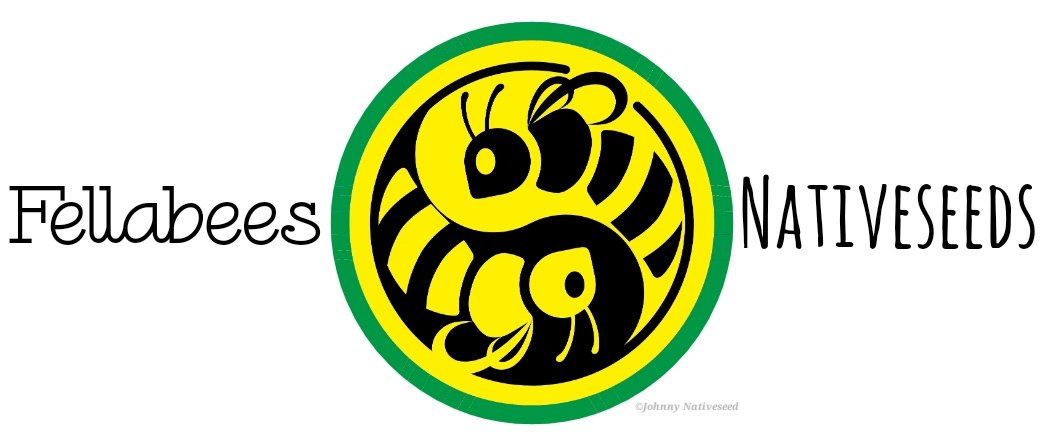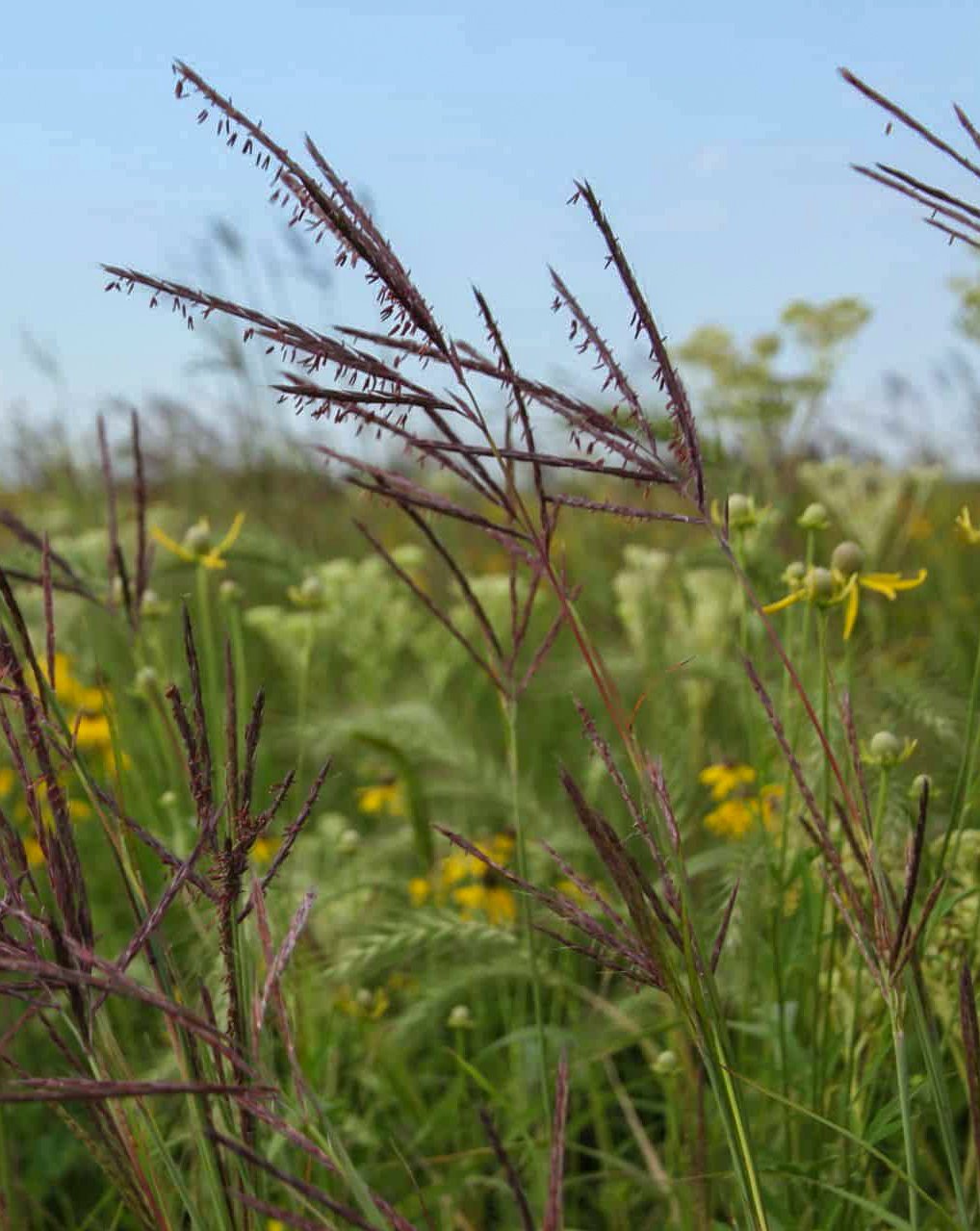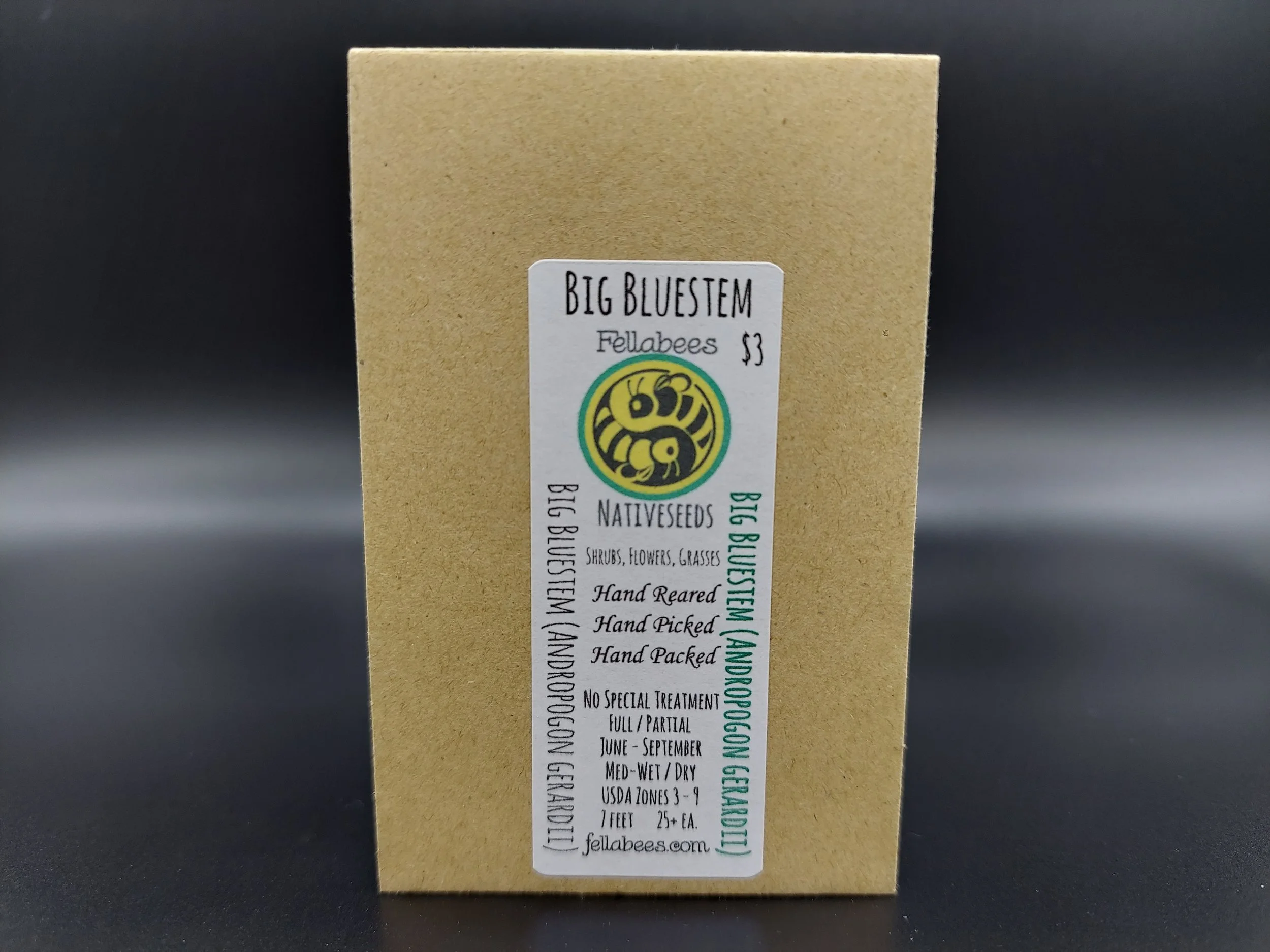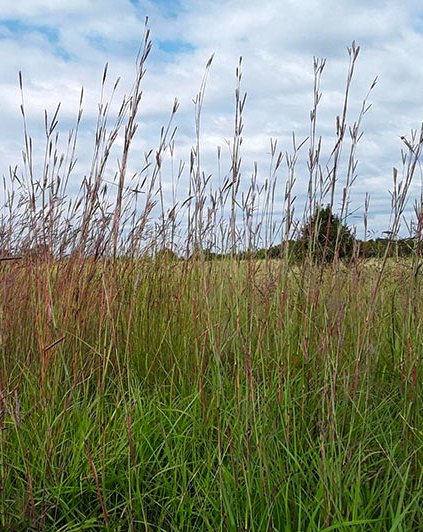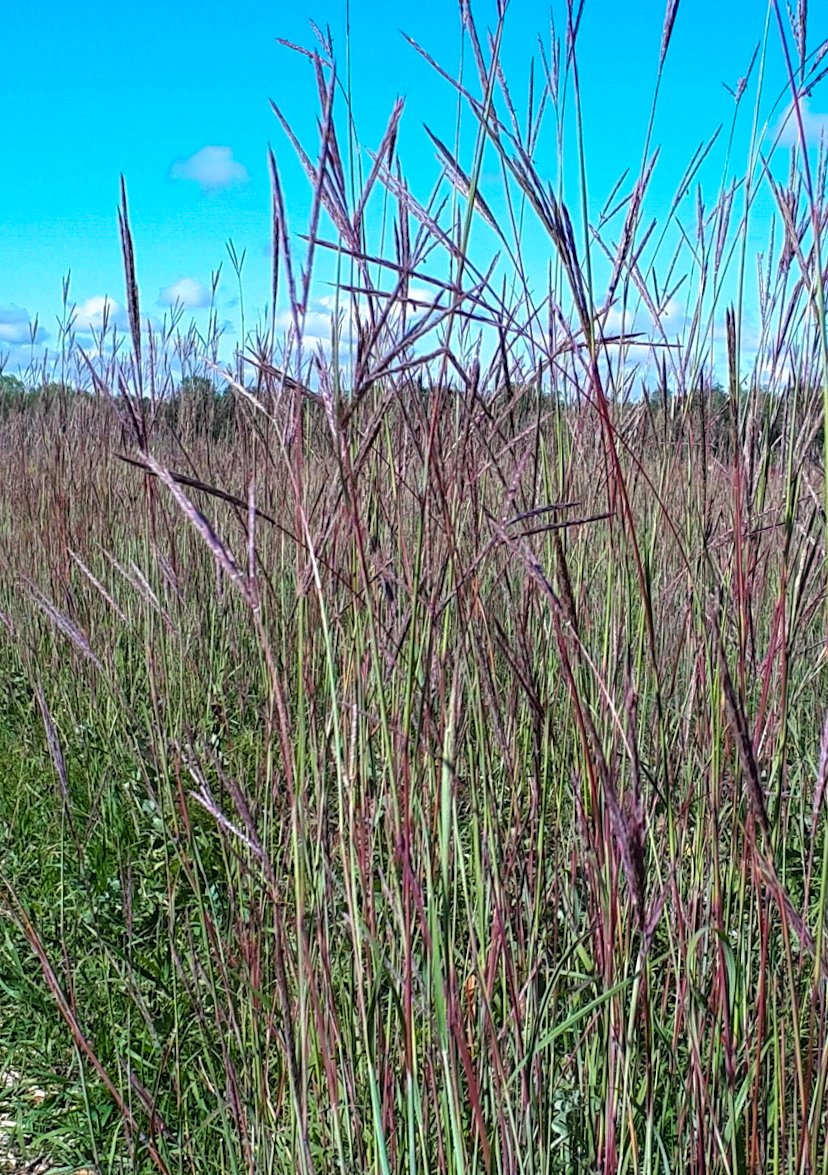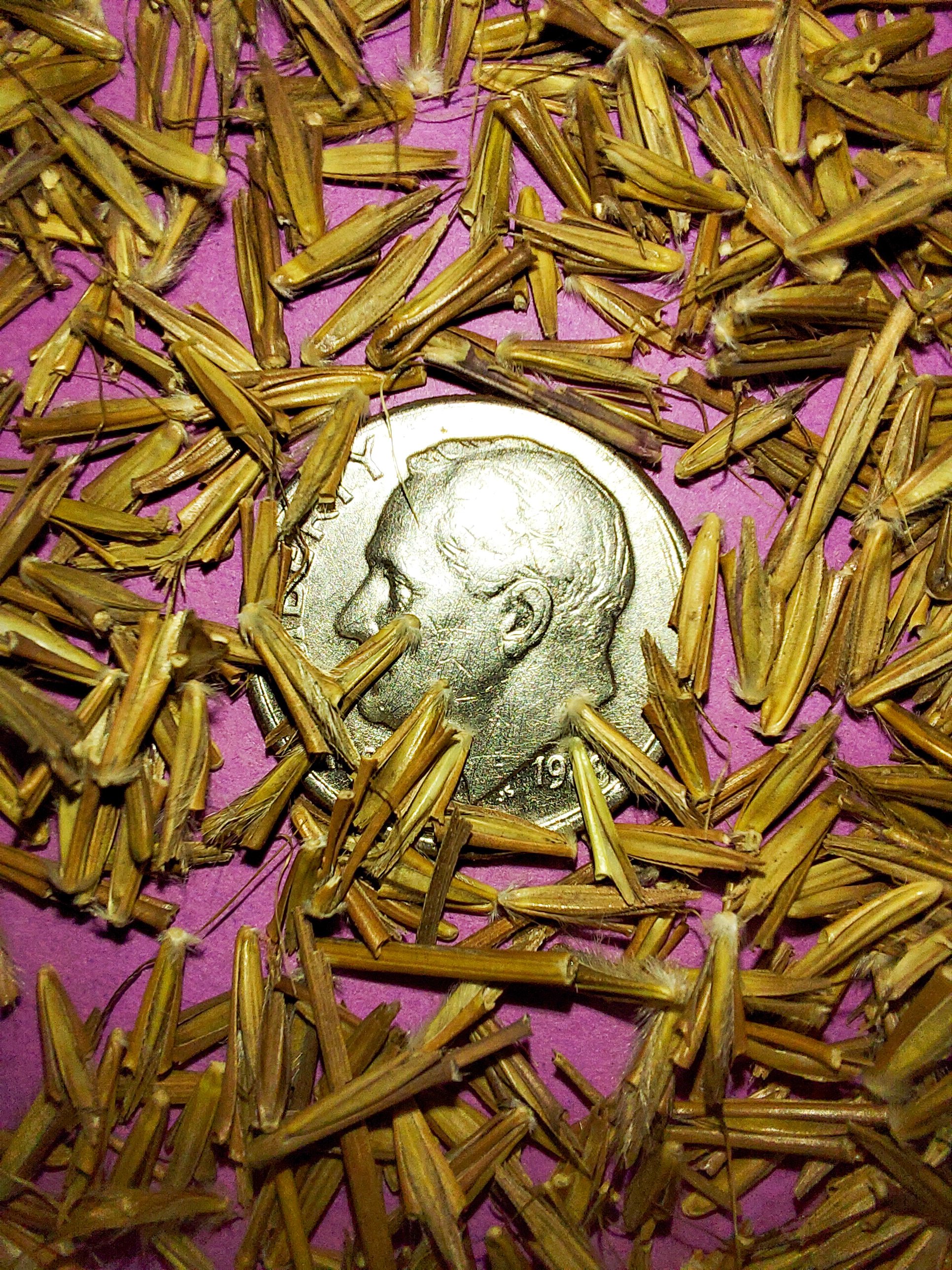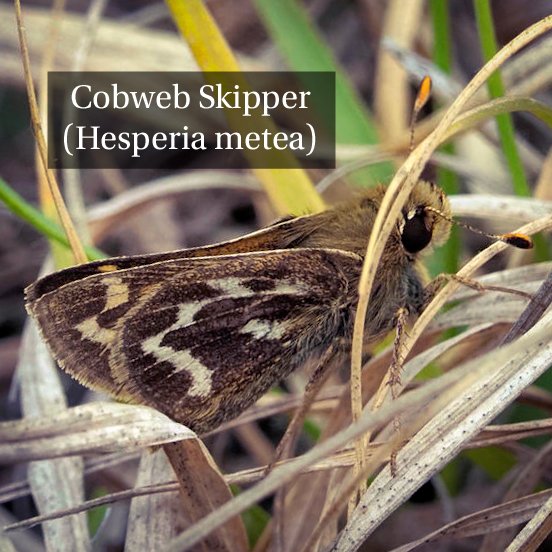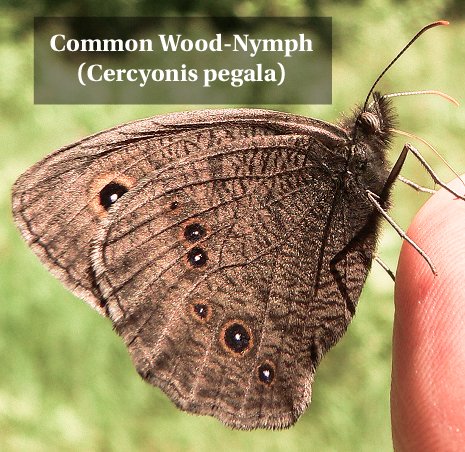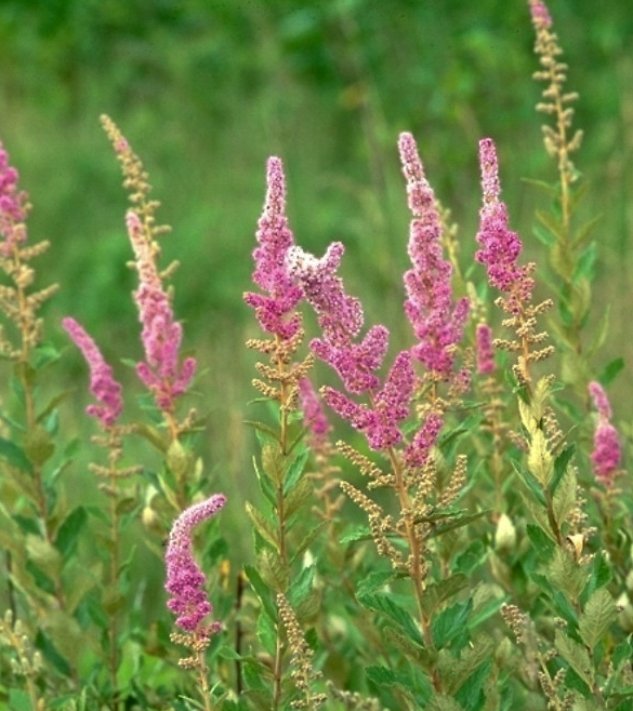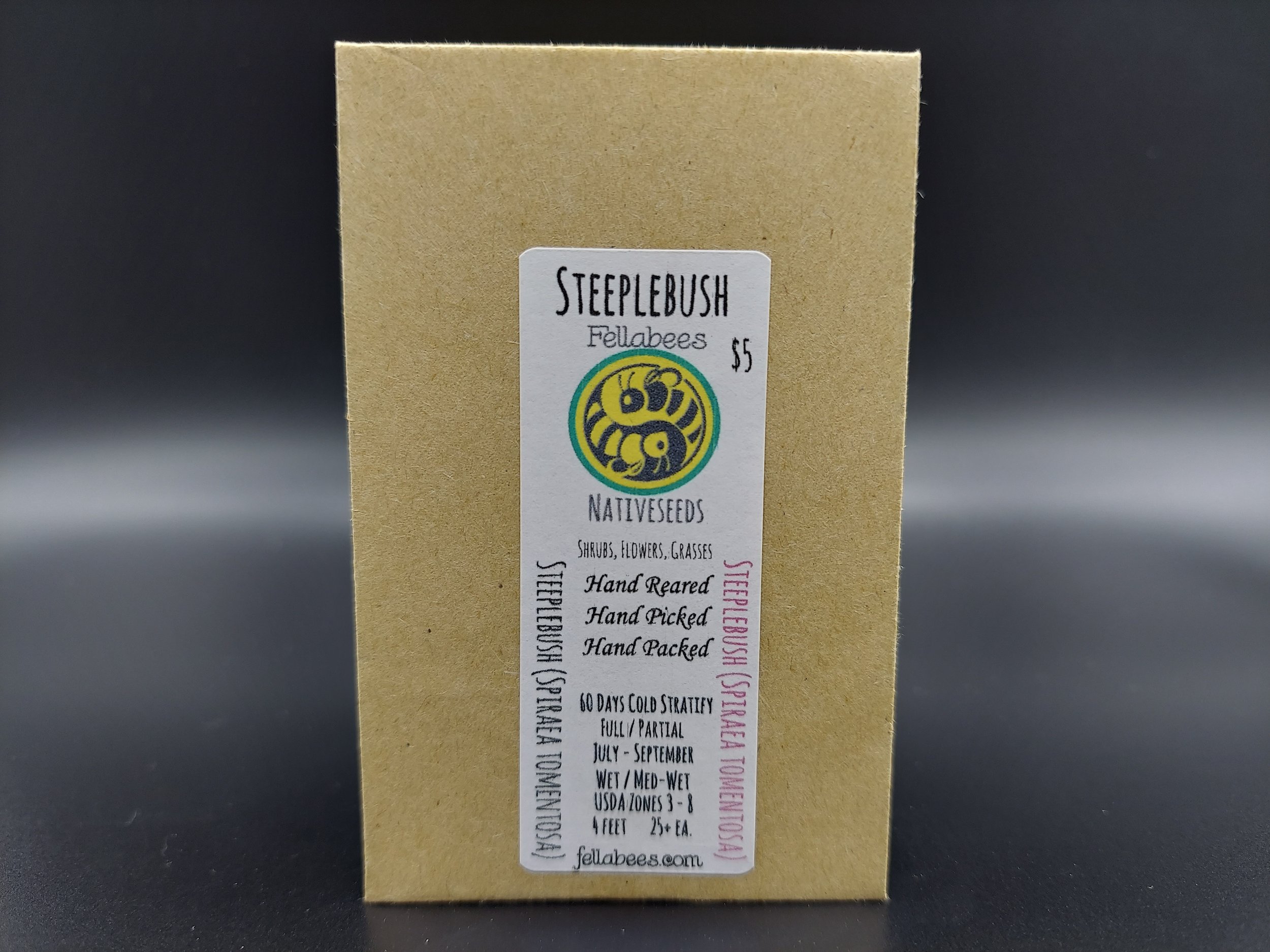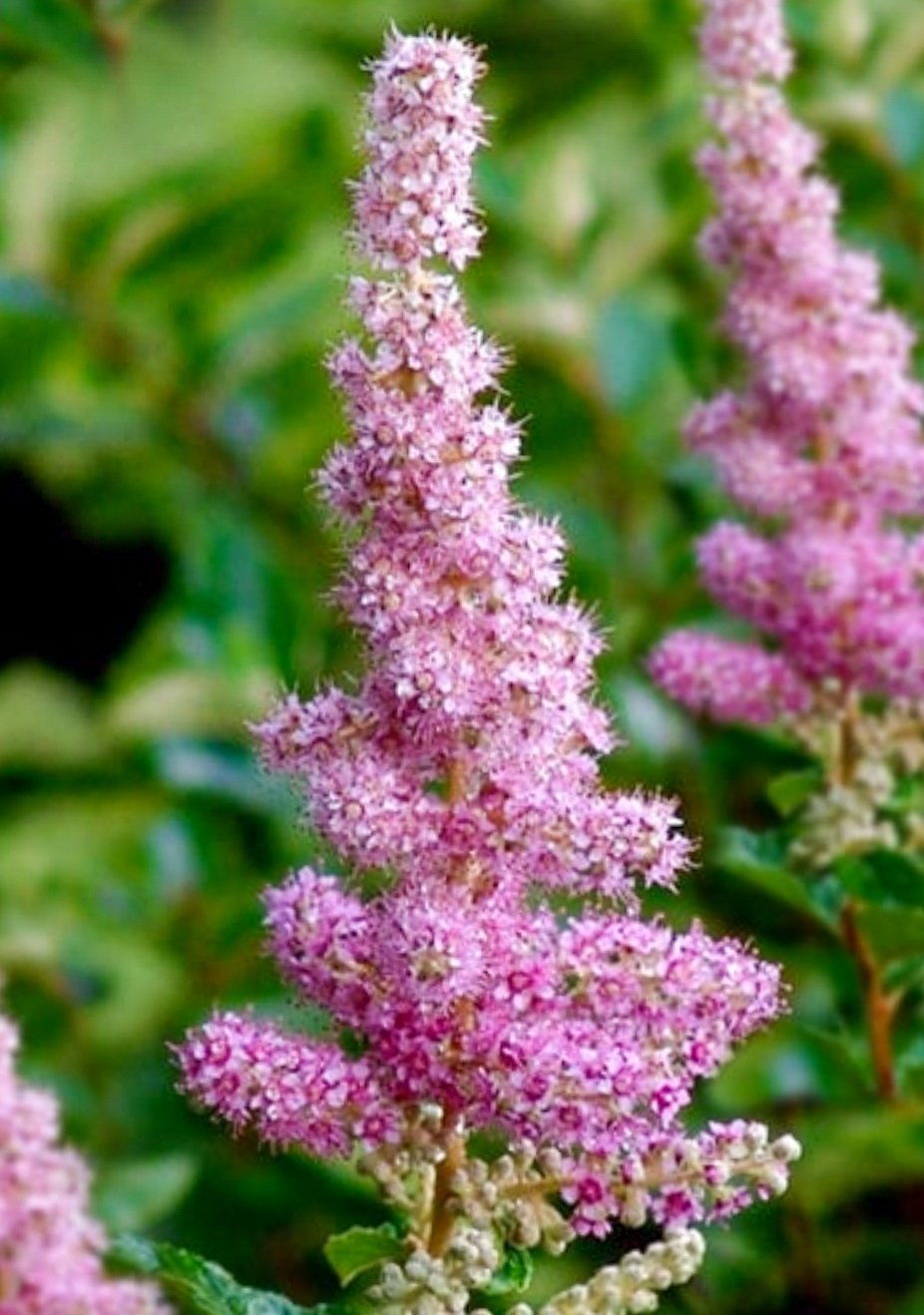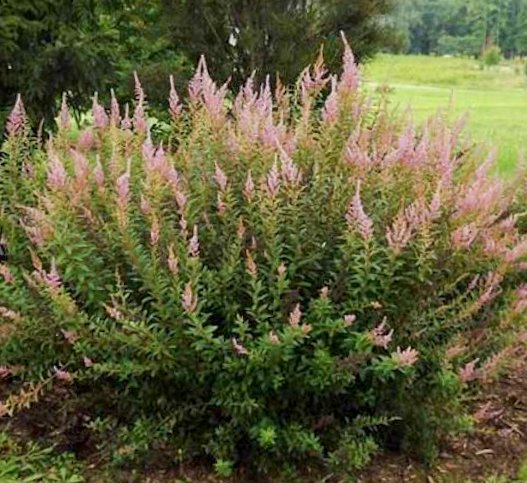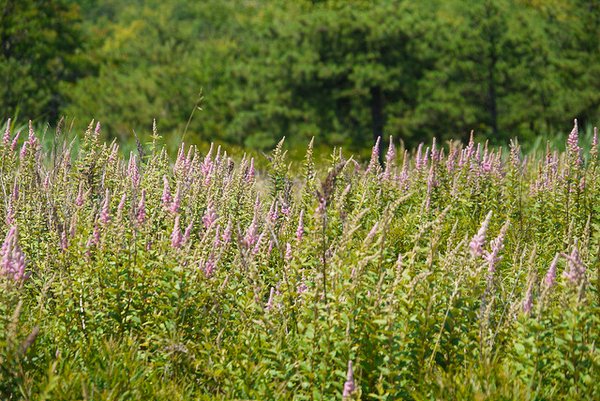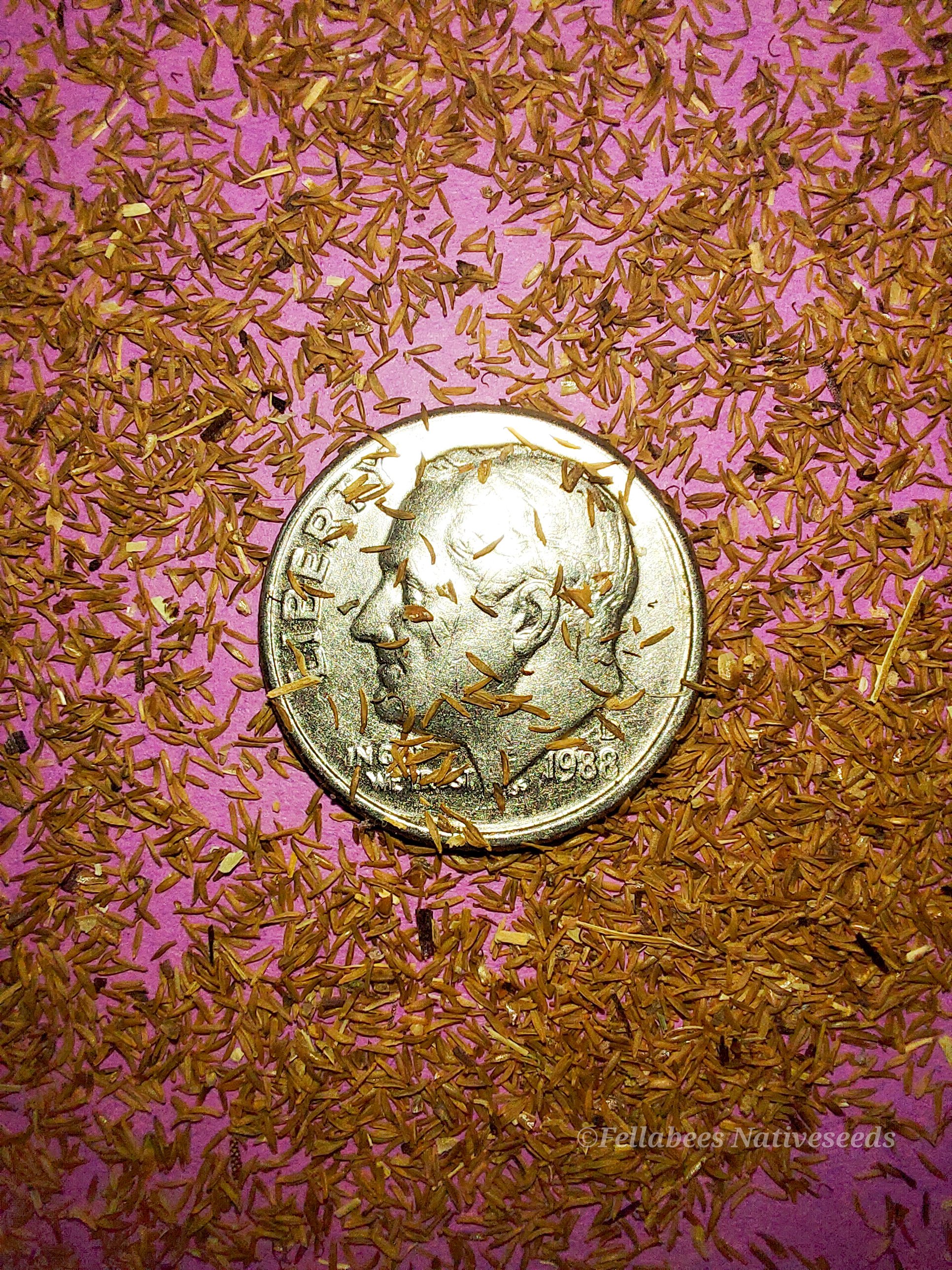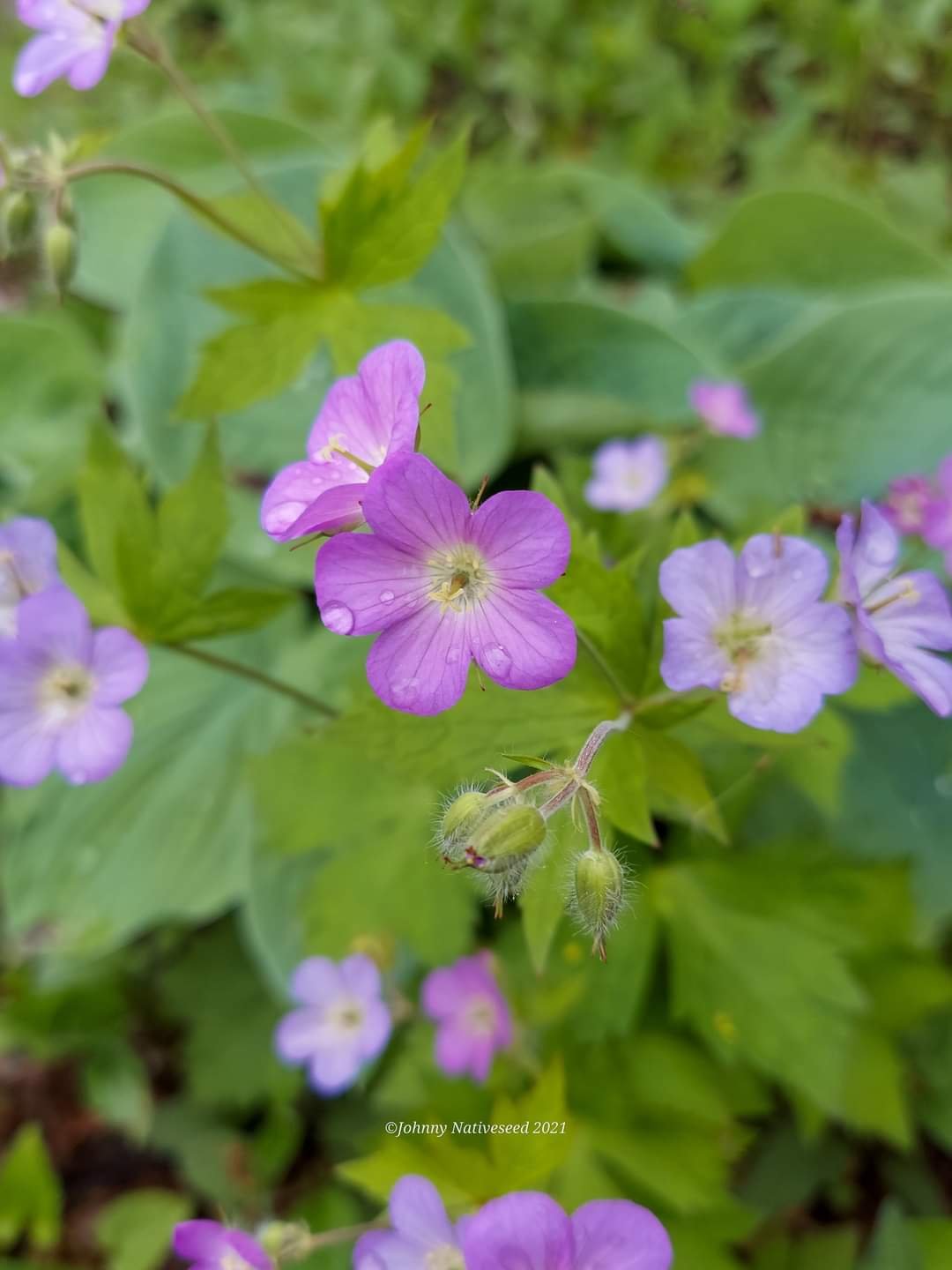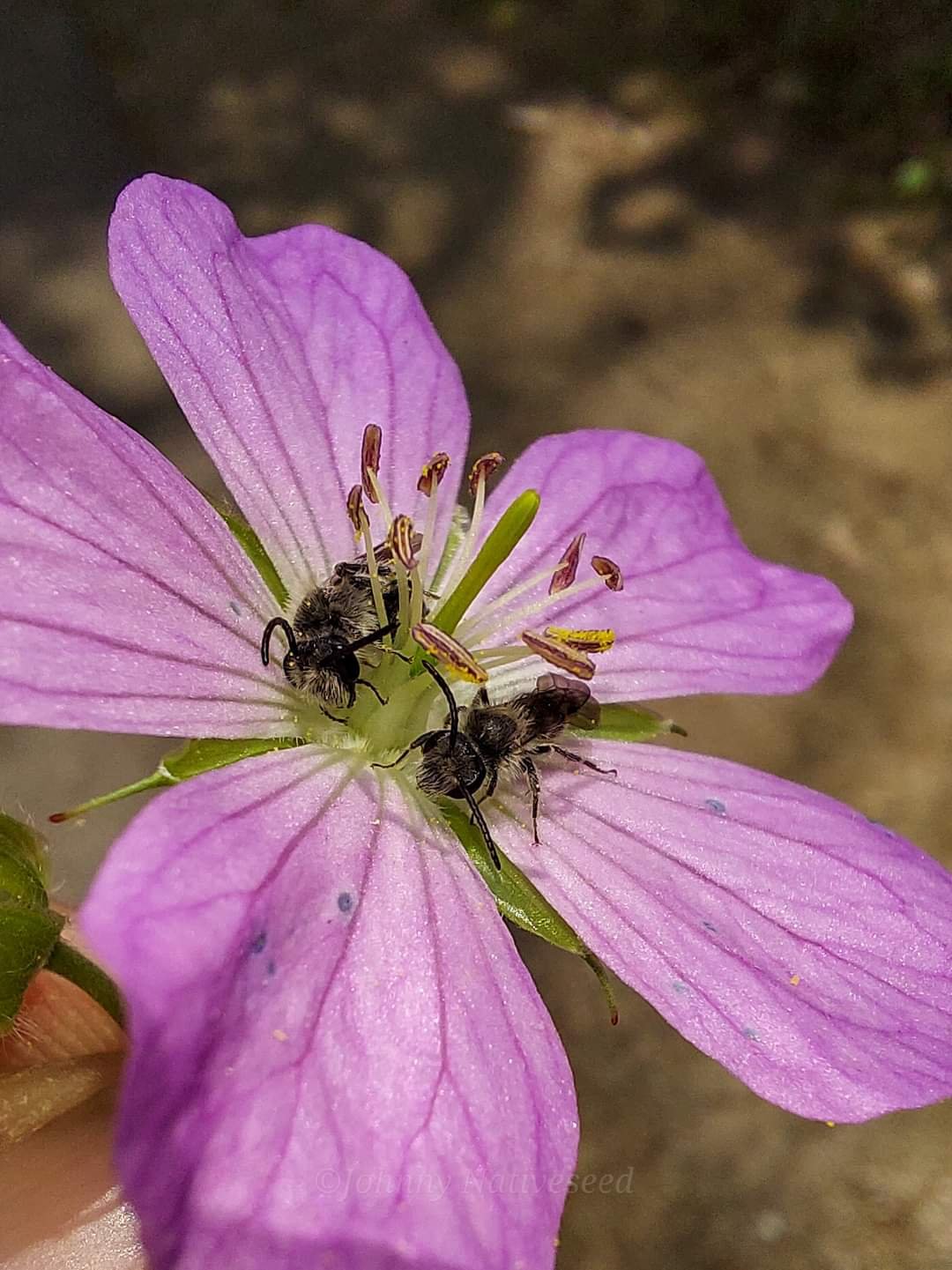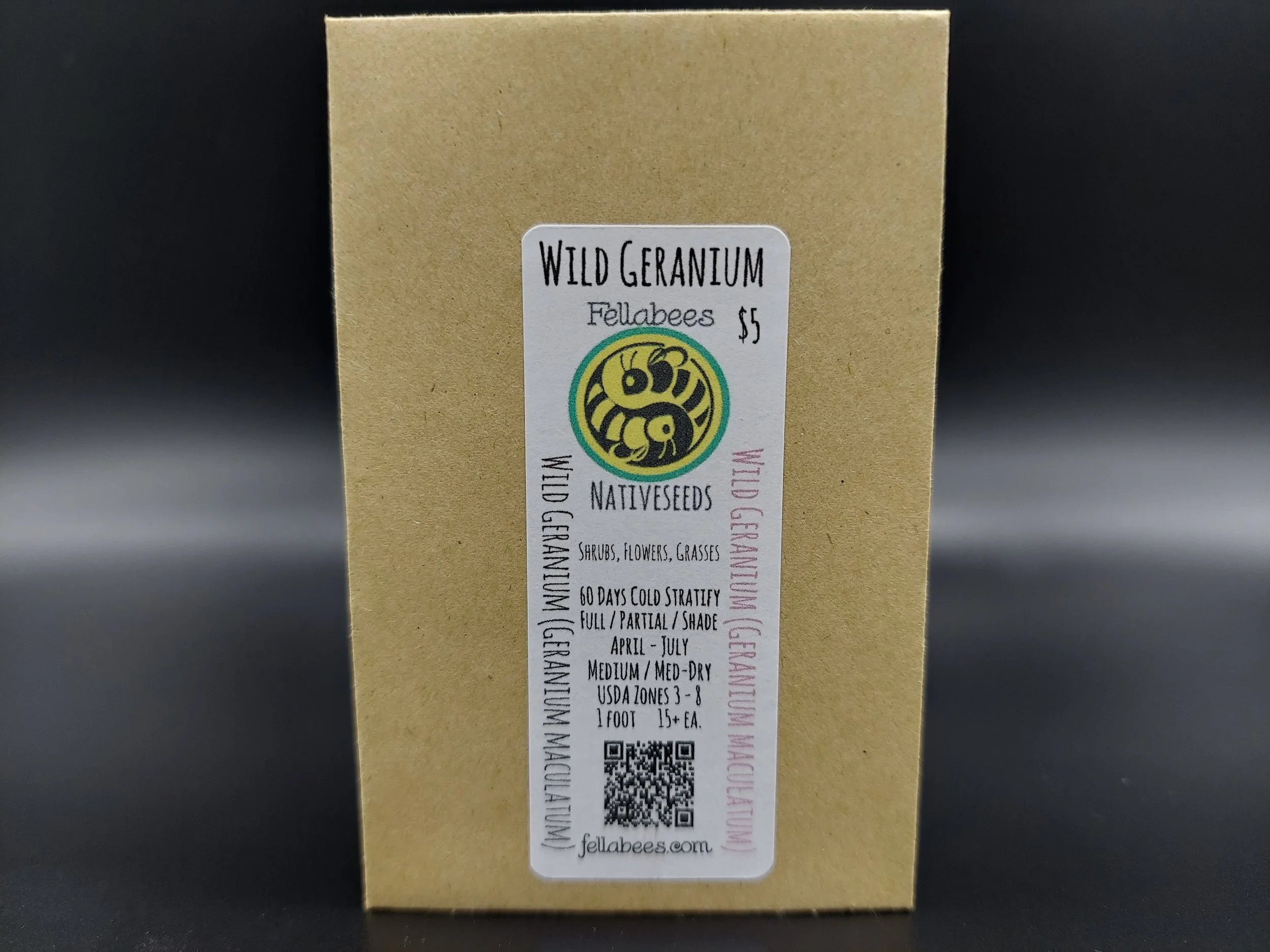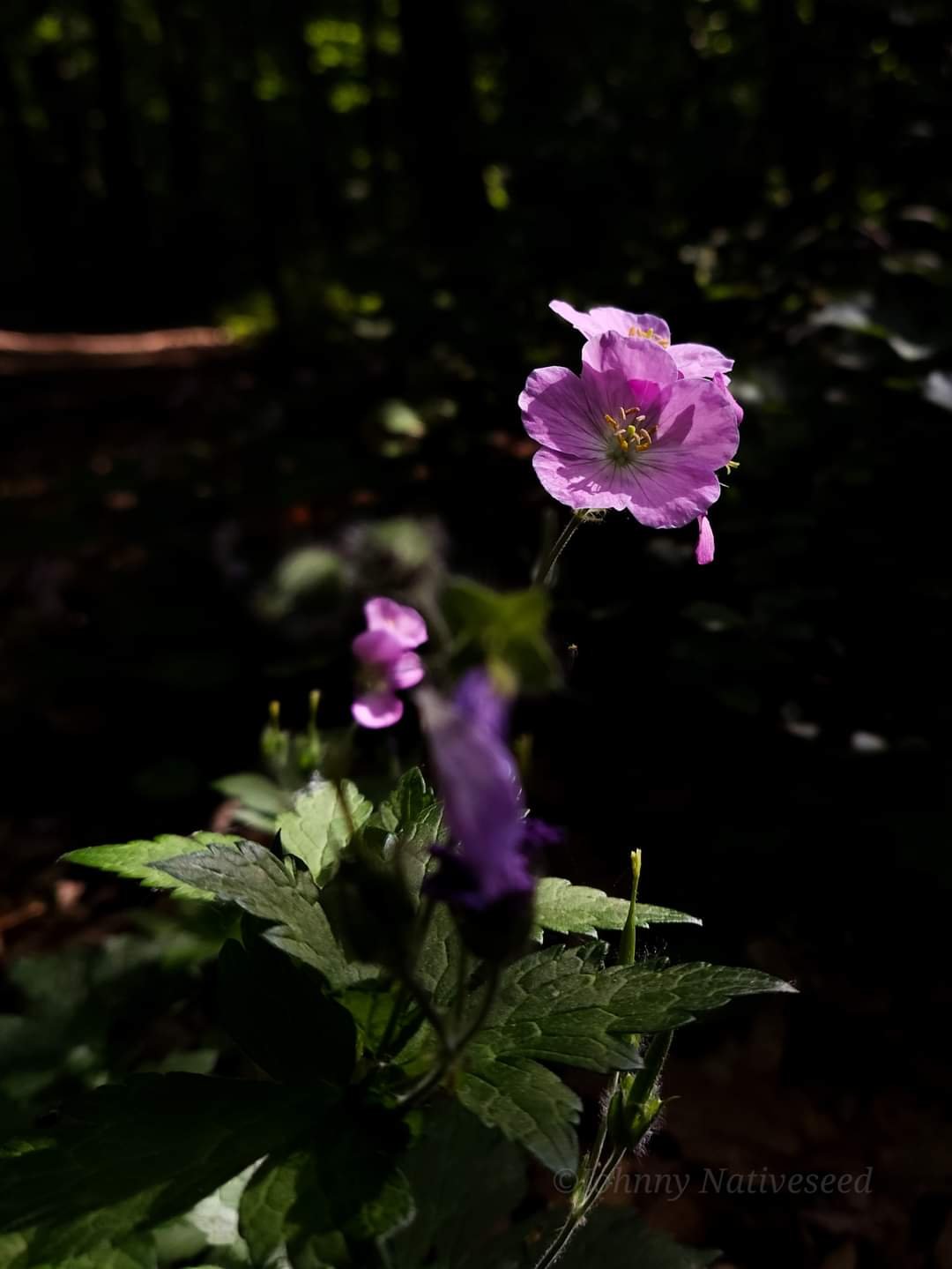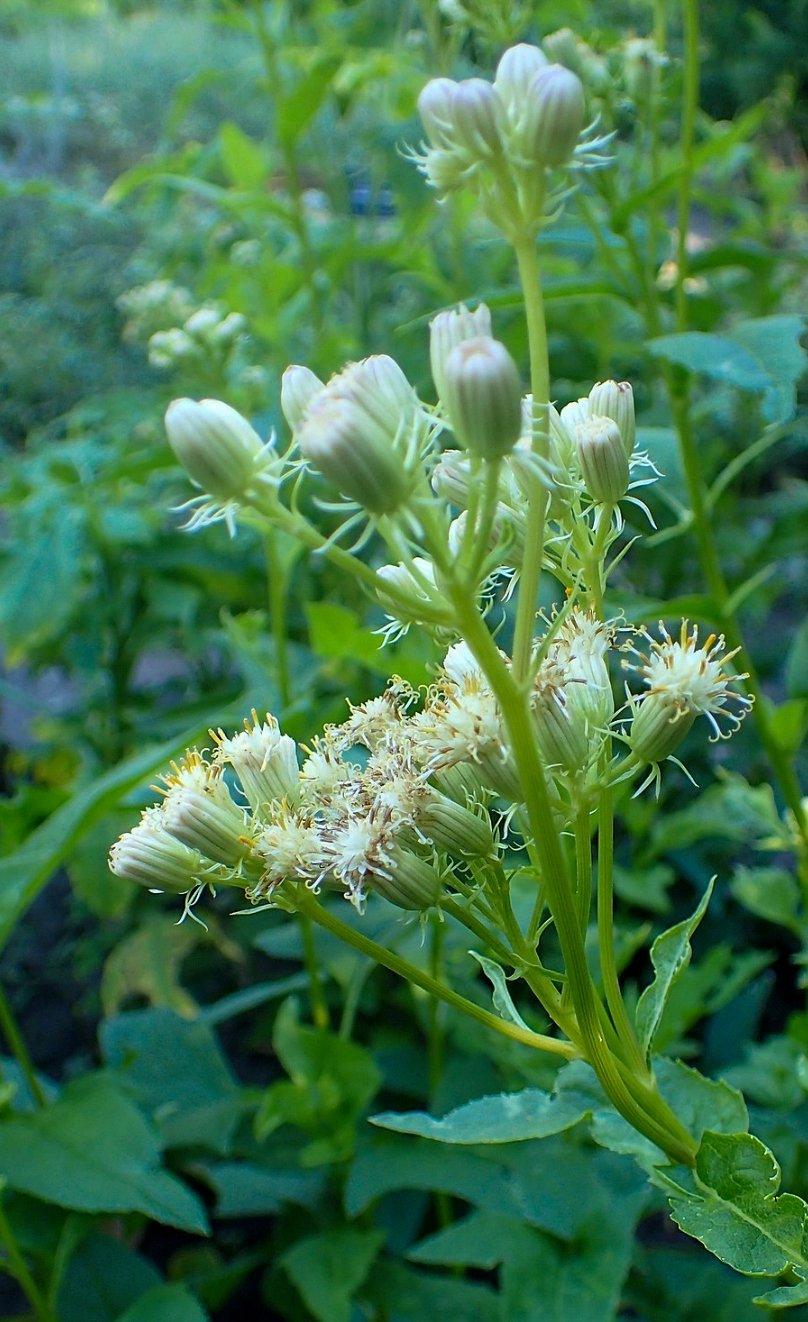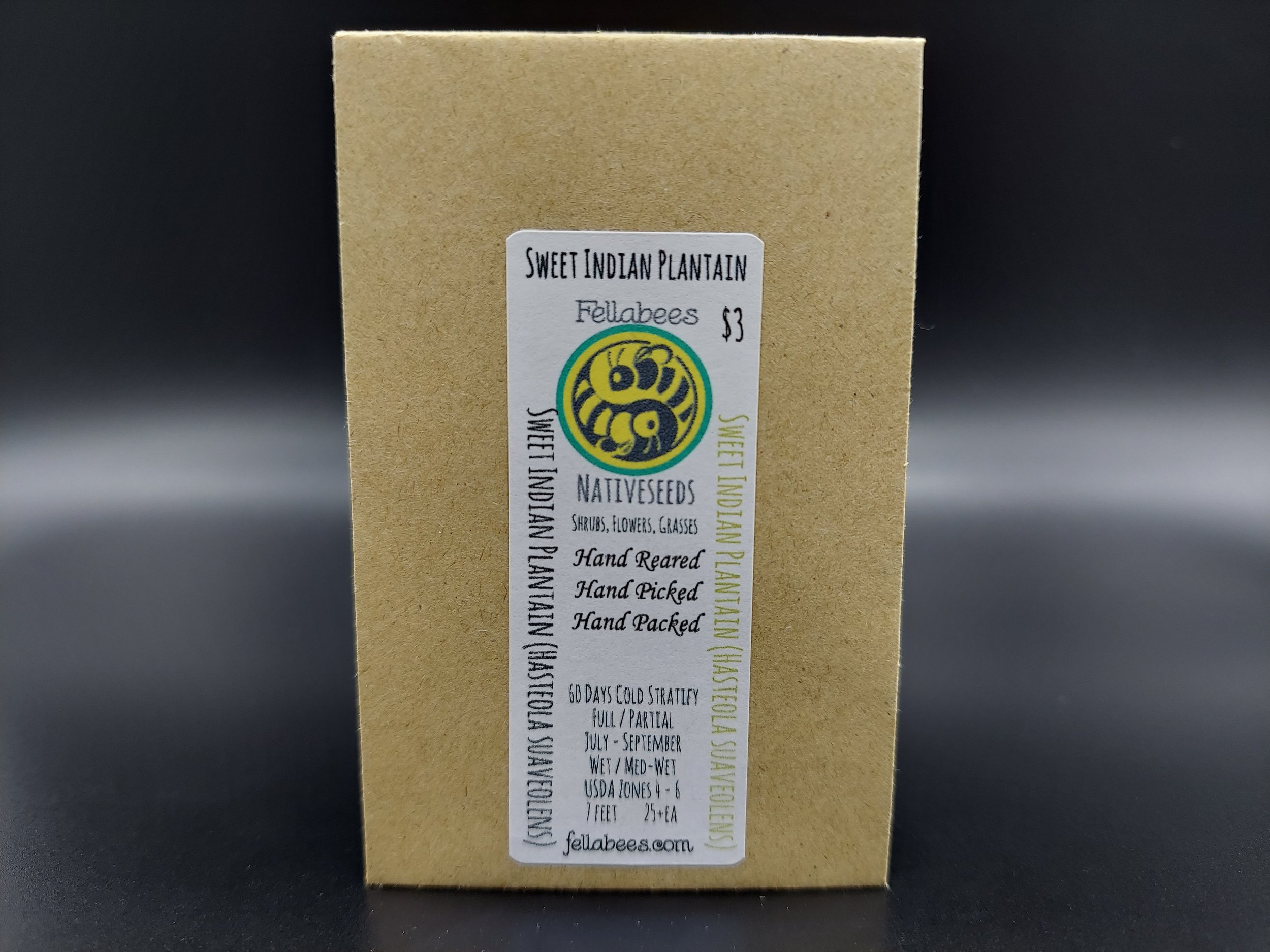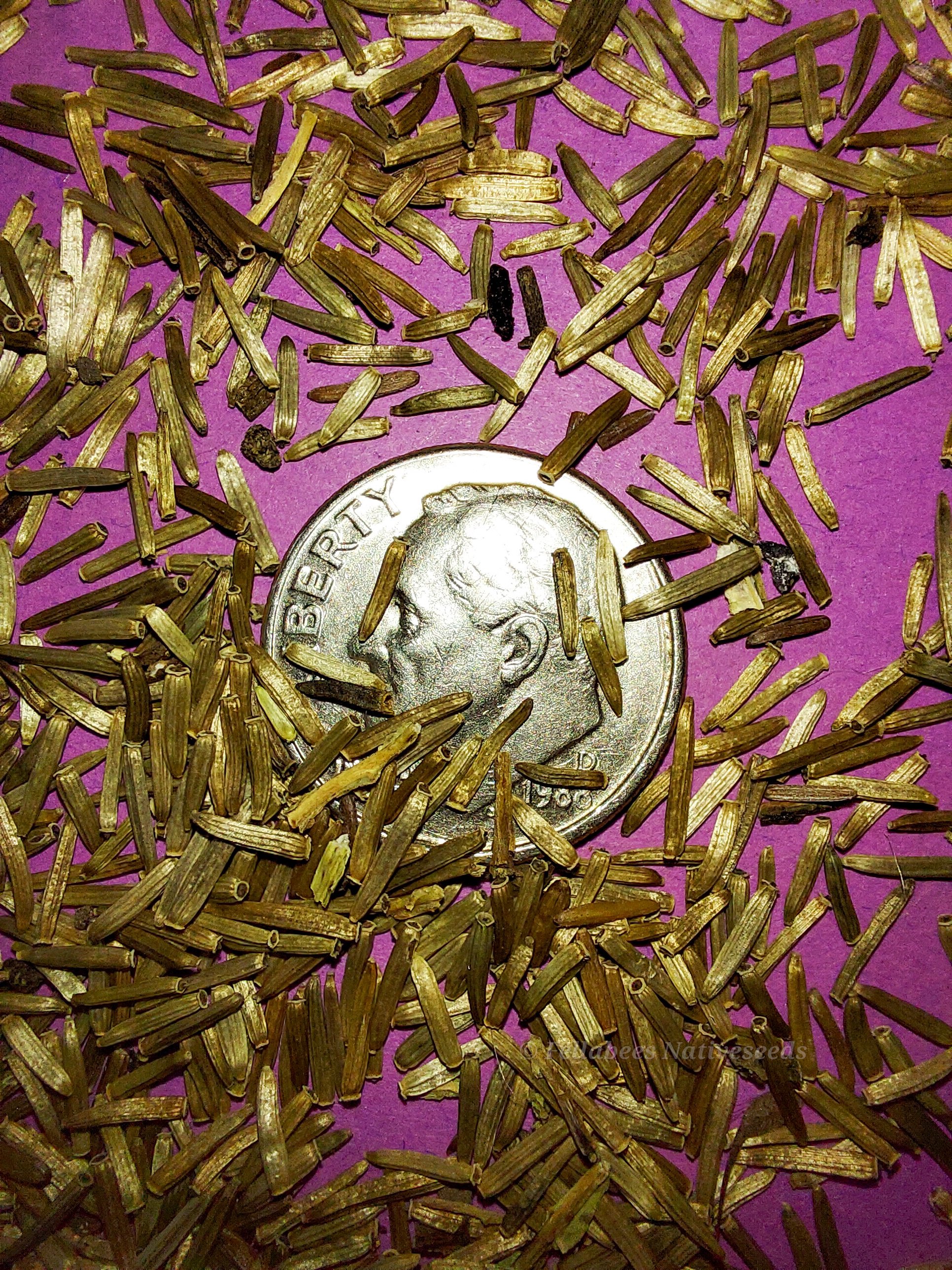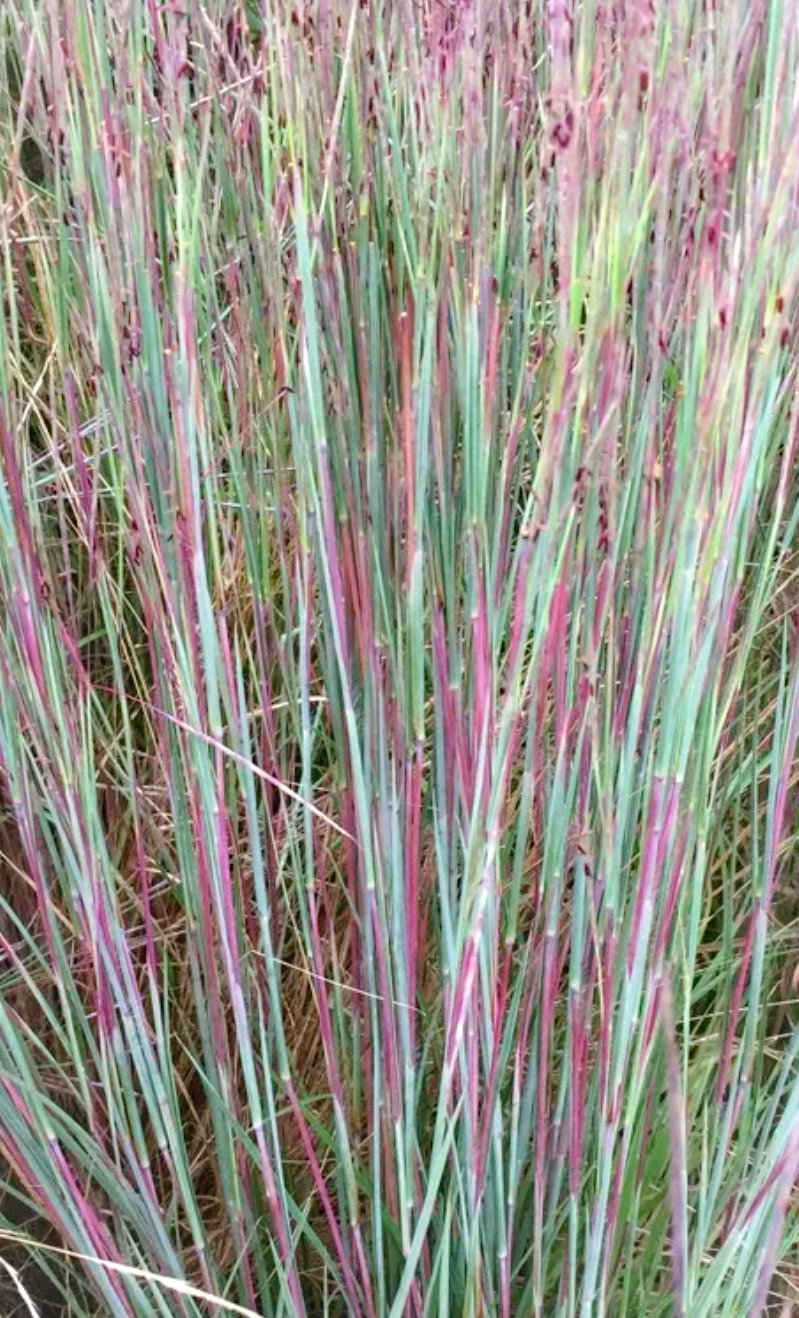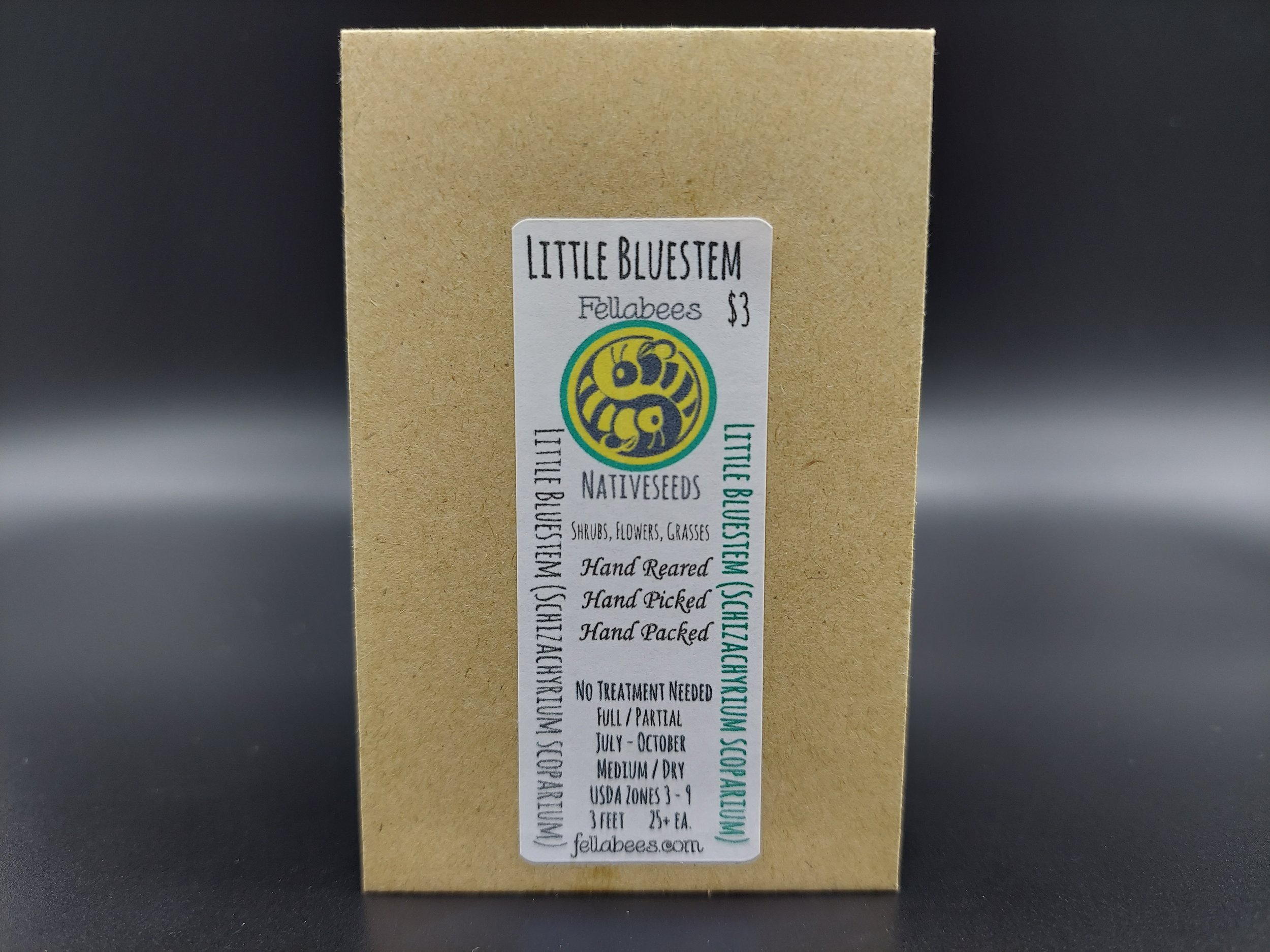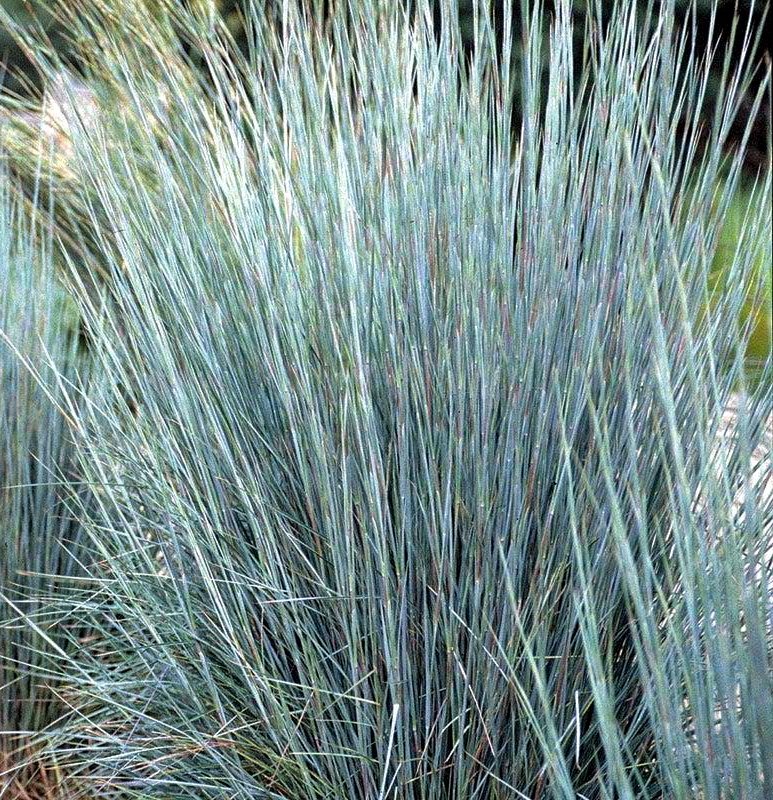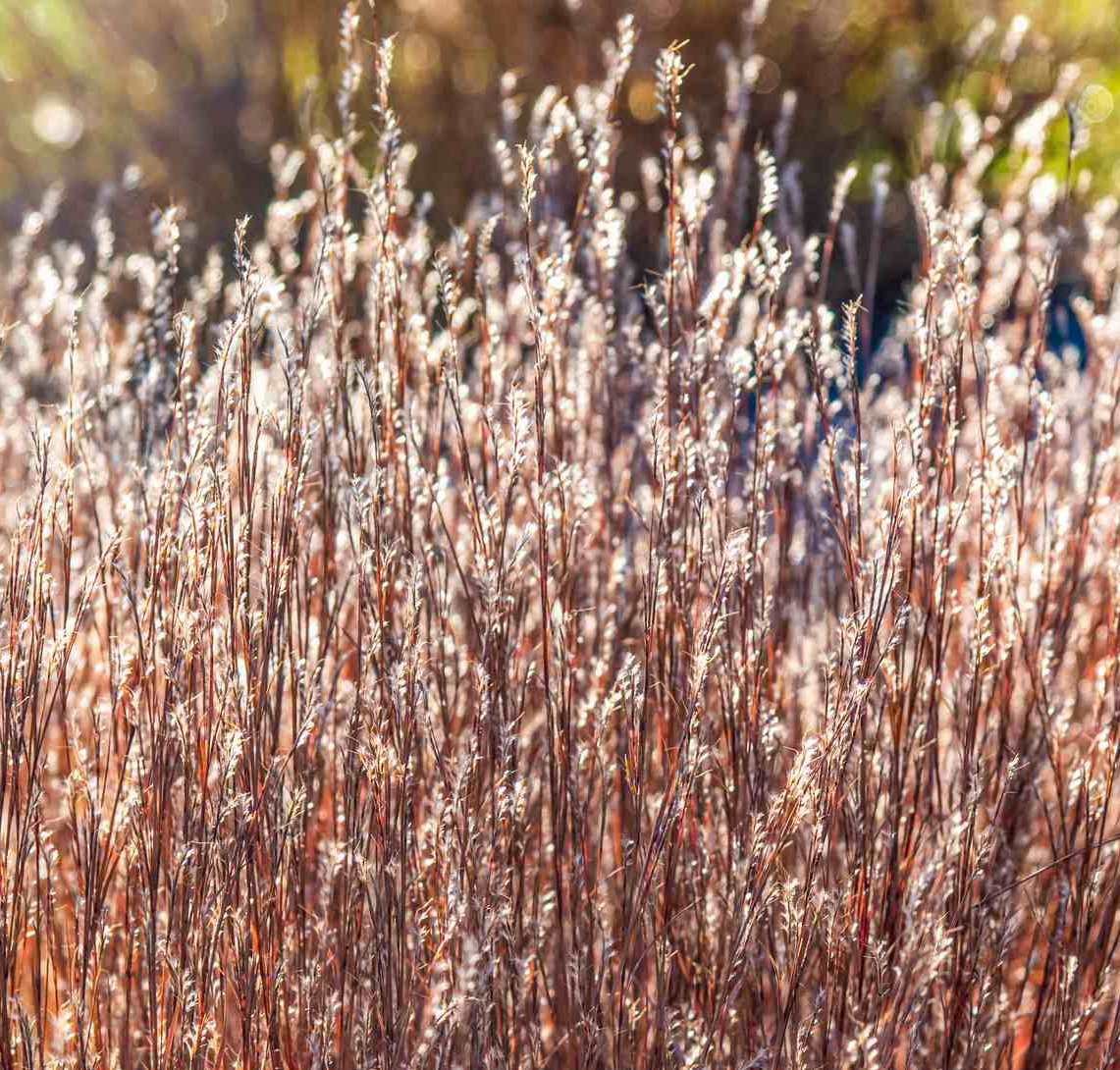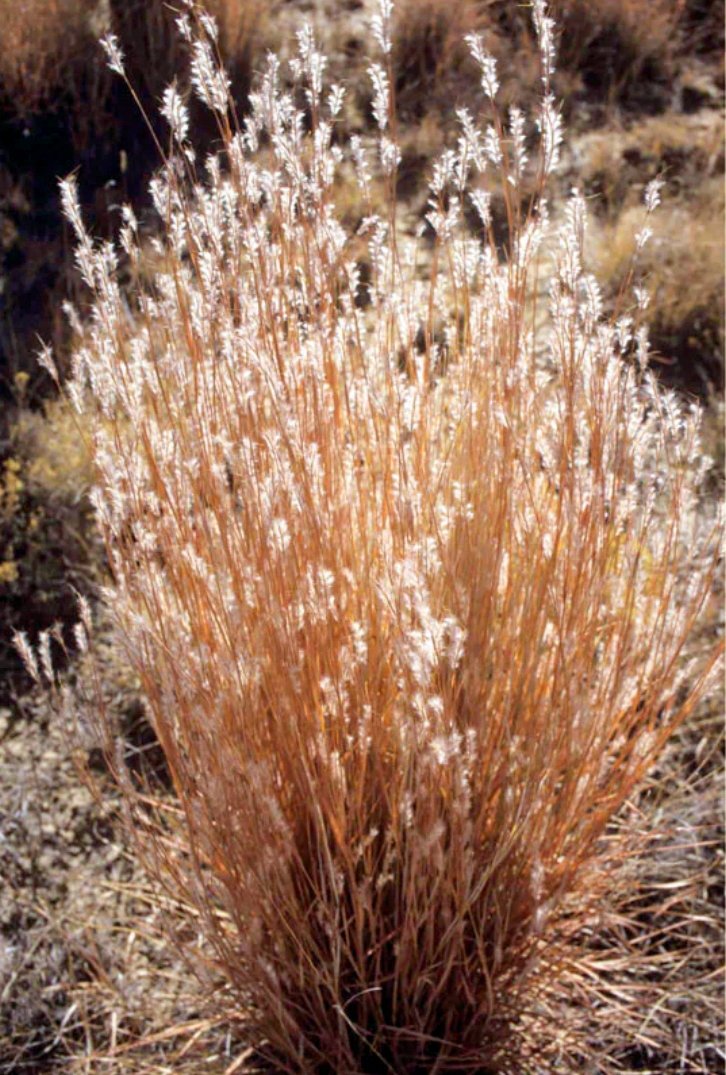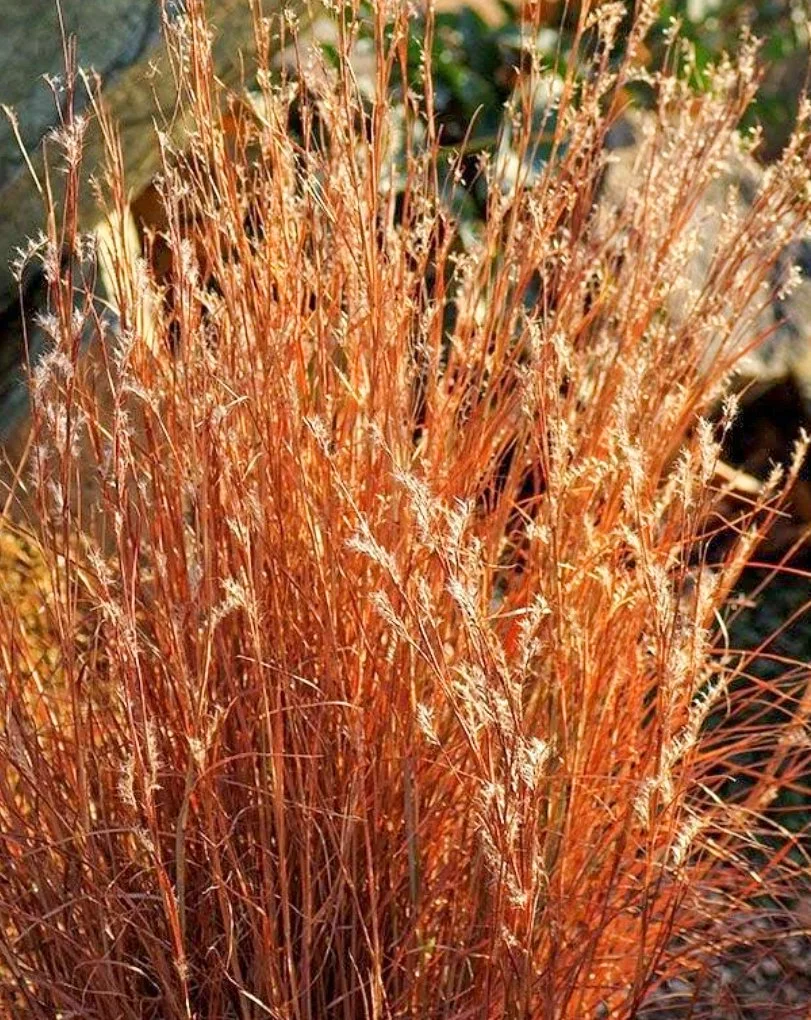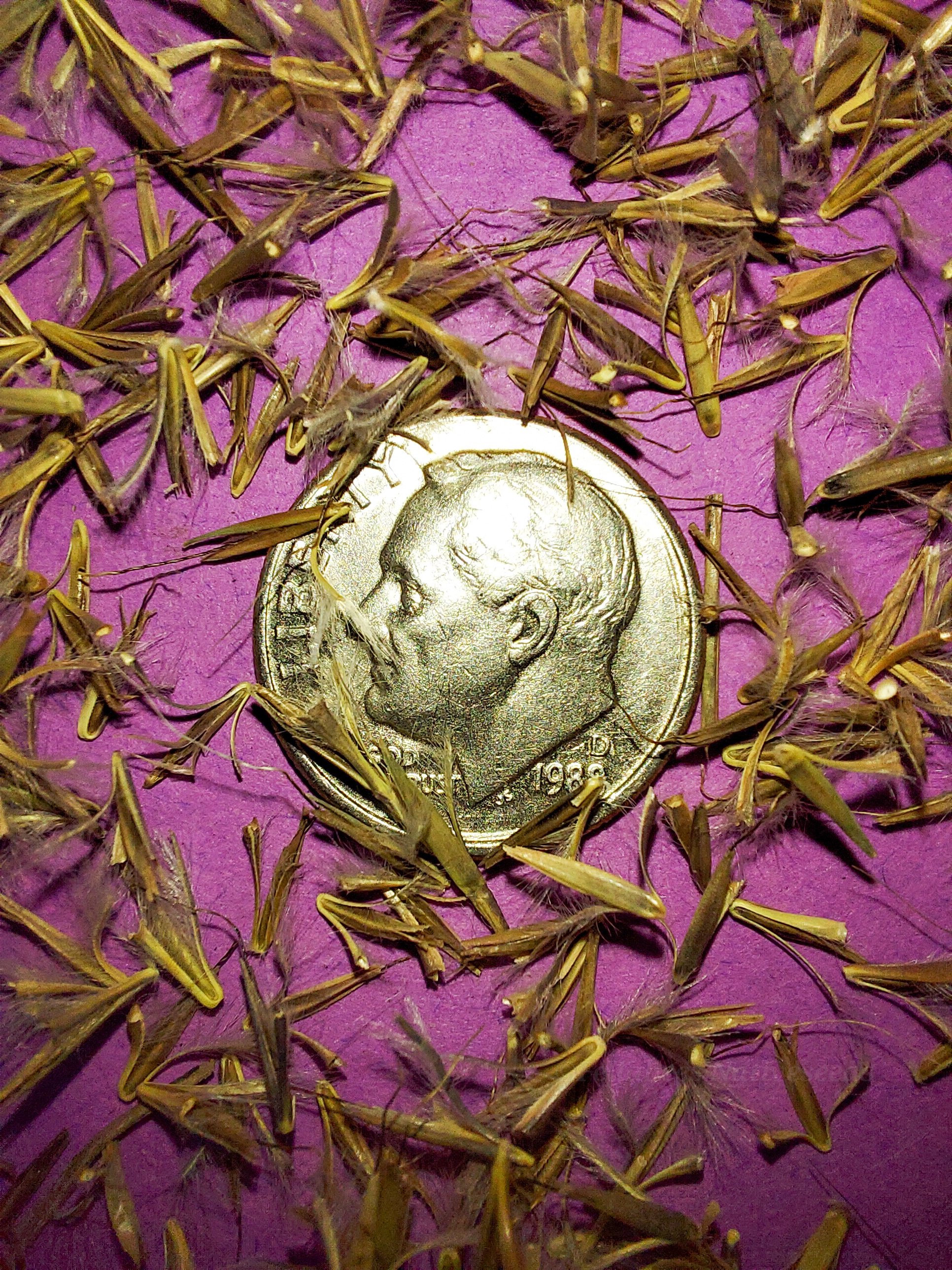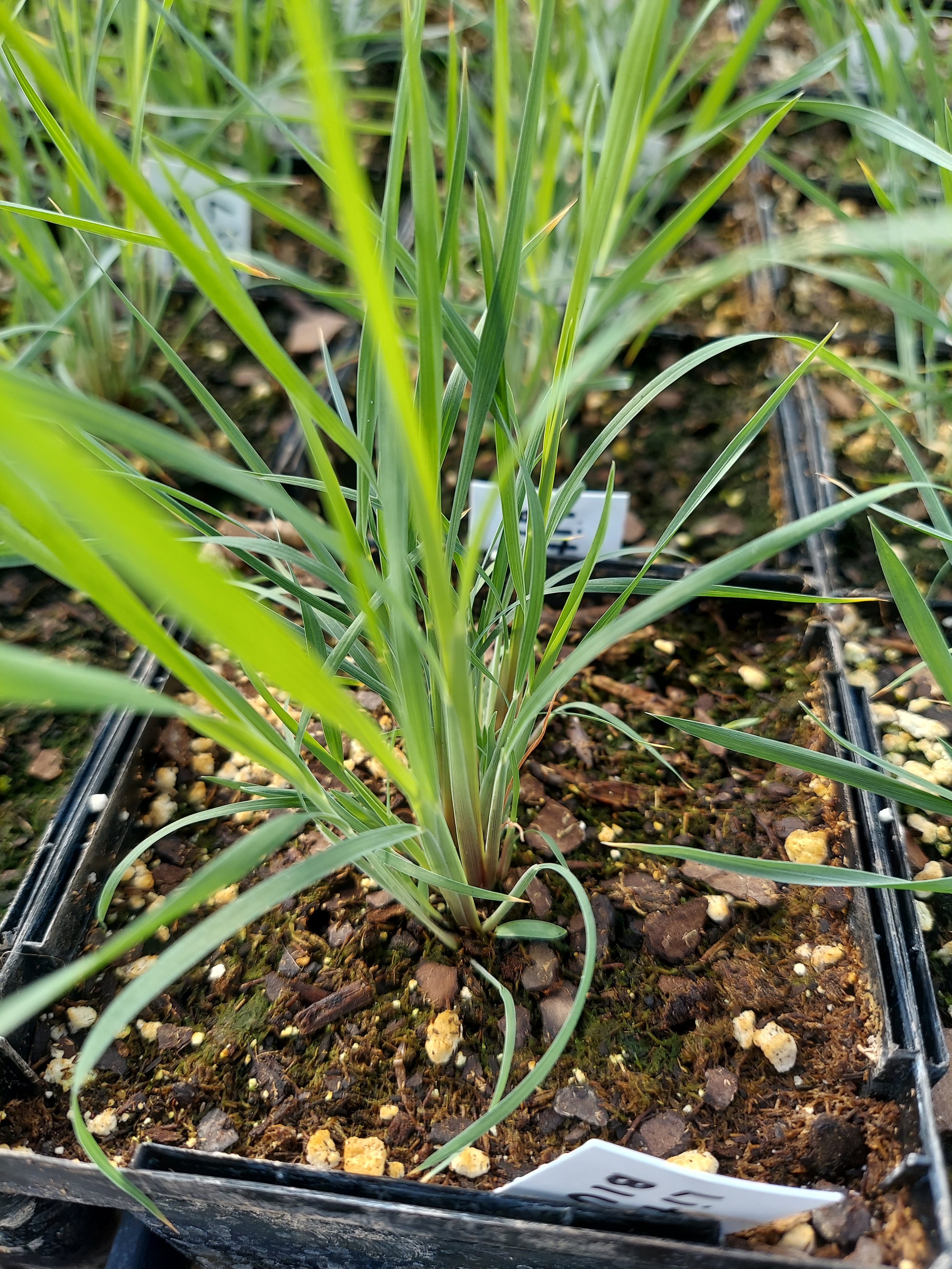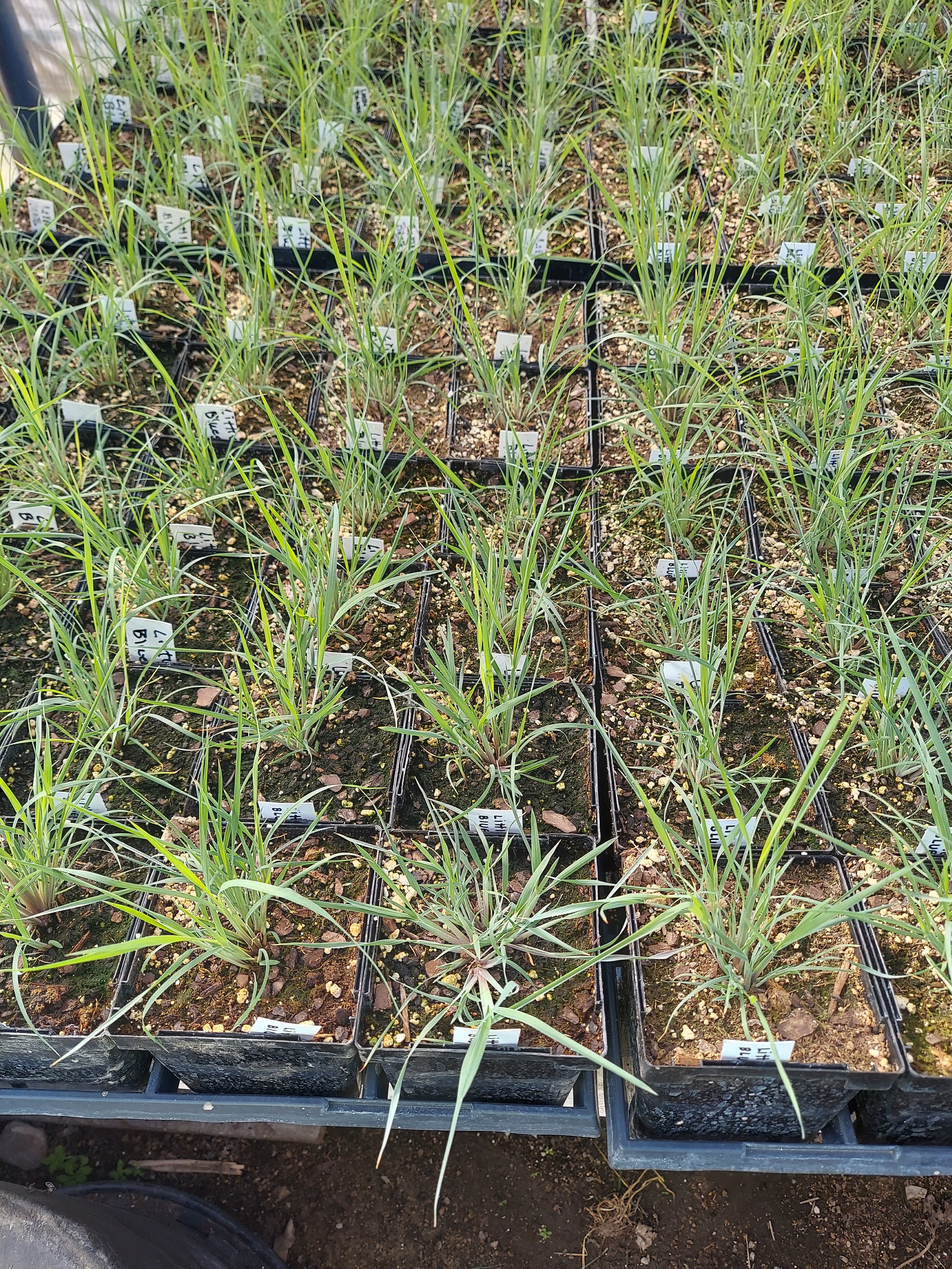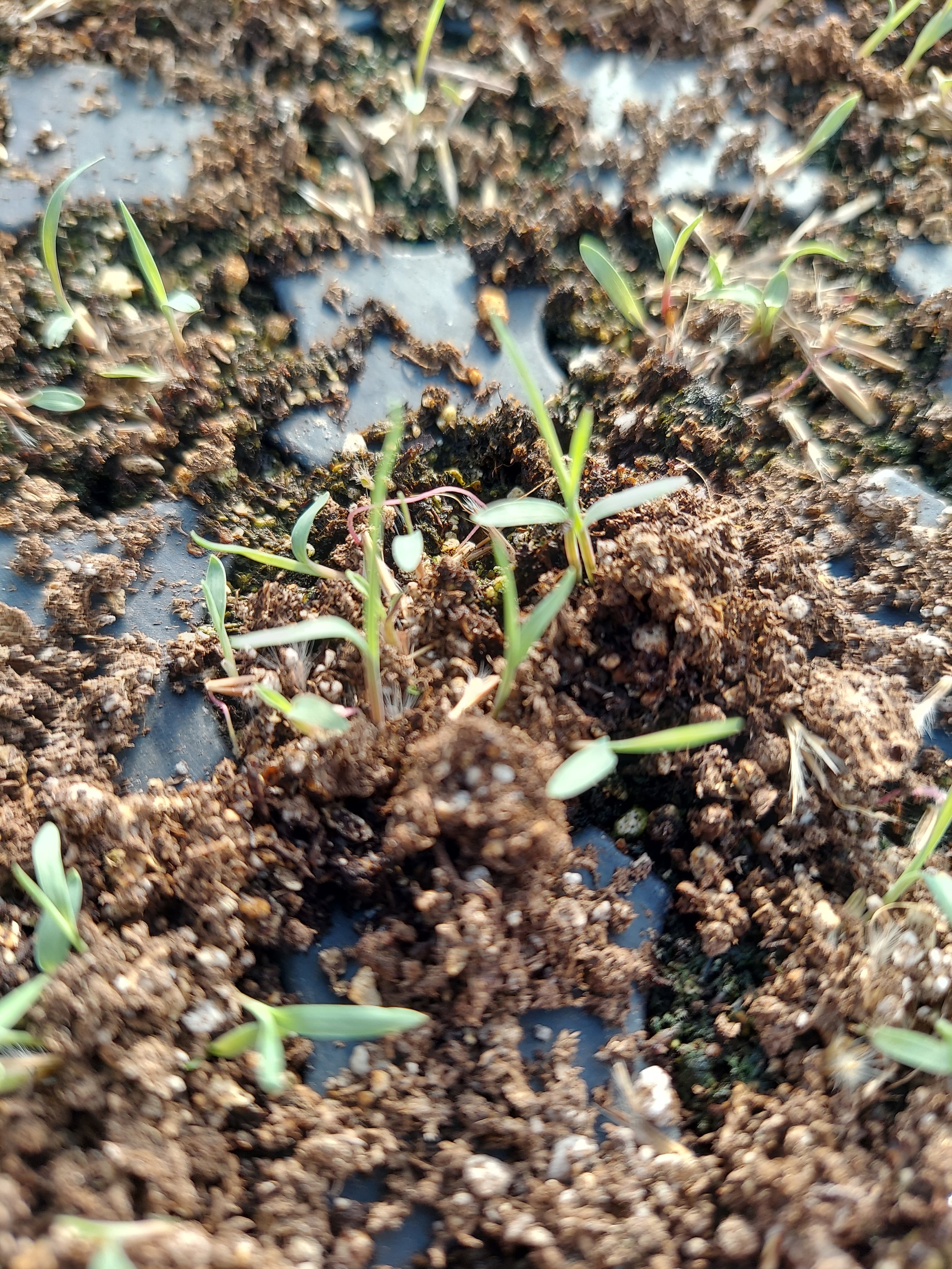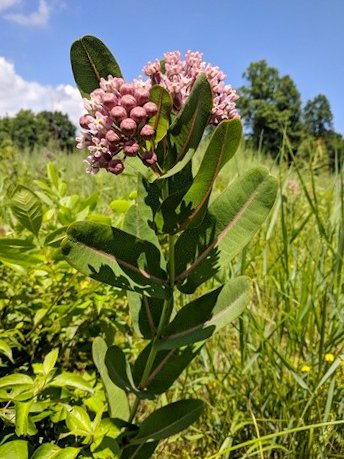 Image 1 of 7
Image 1 of 7

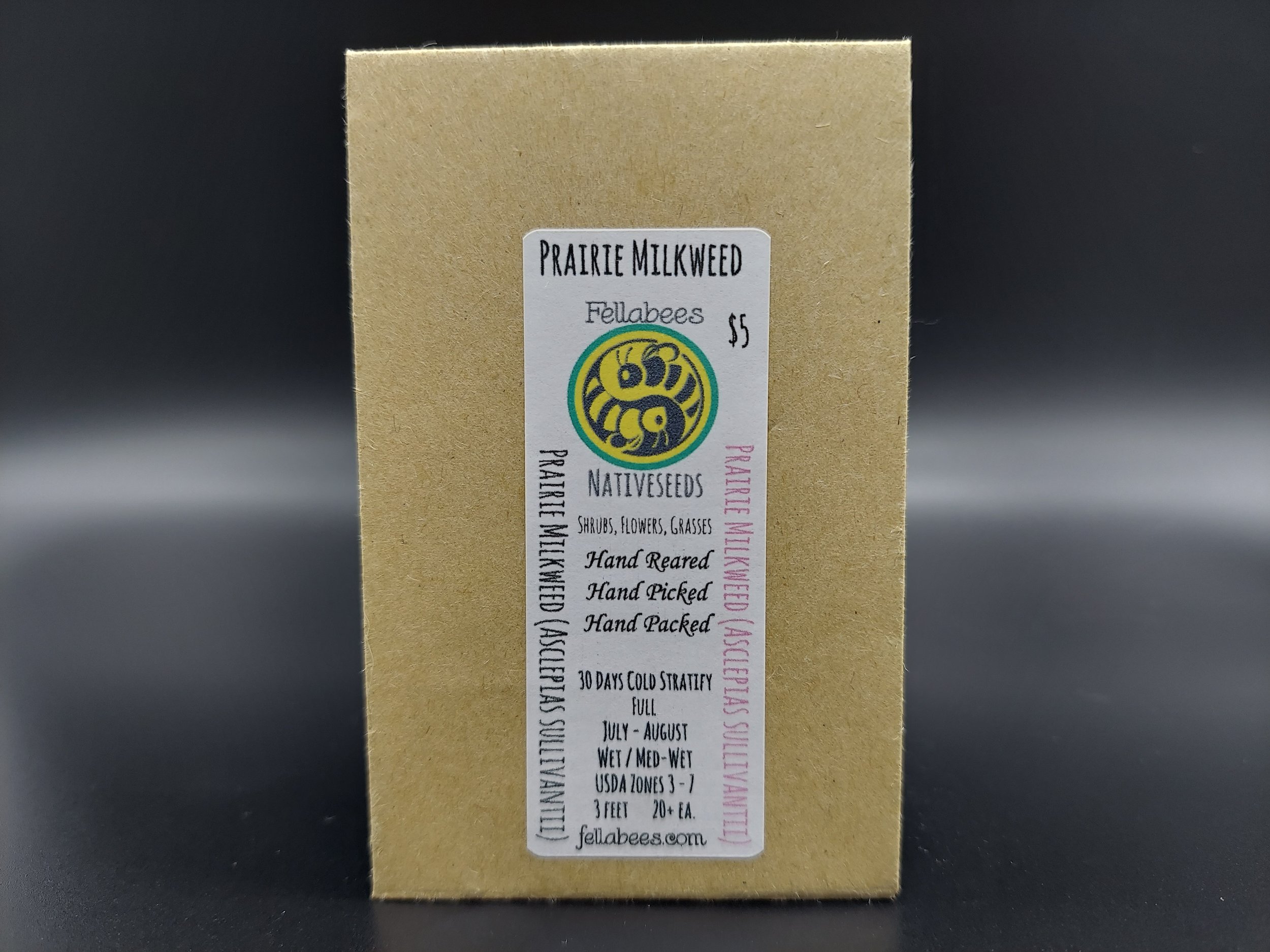 Image 2 of 7
Image 2 of 7

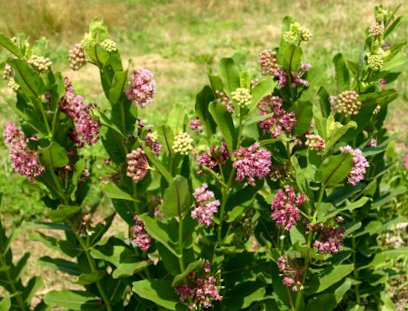 Image 3 of 7
Image 3 of 7

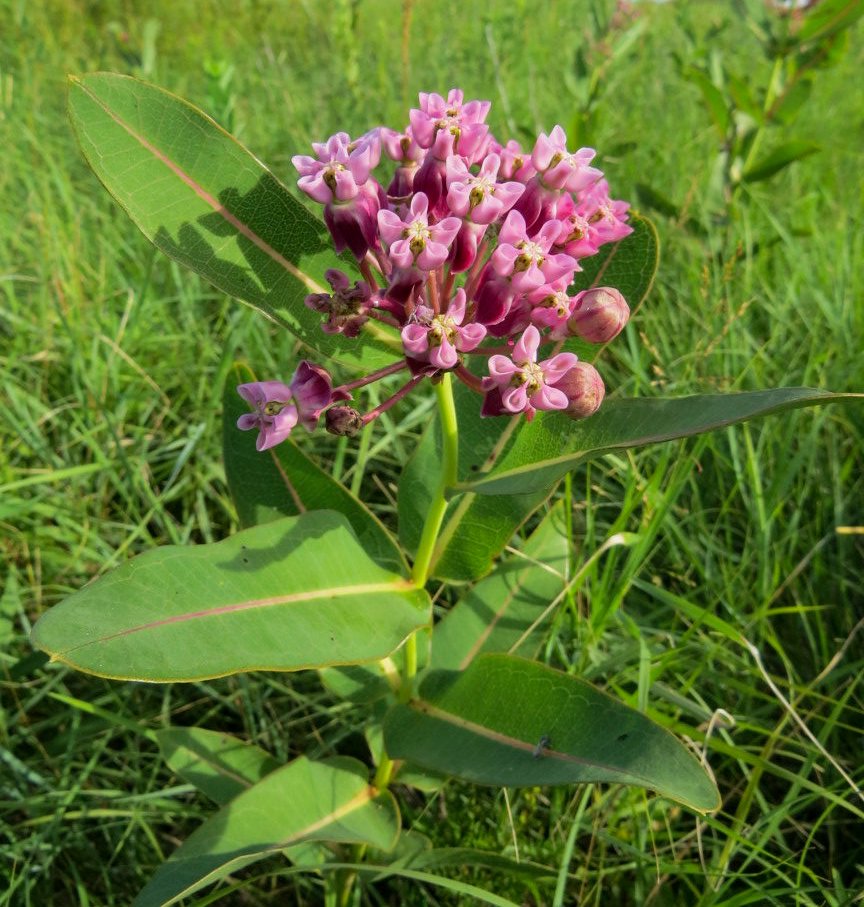 Image 4 of 7
Image 4 of 7

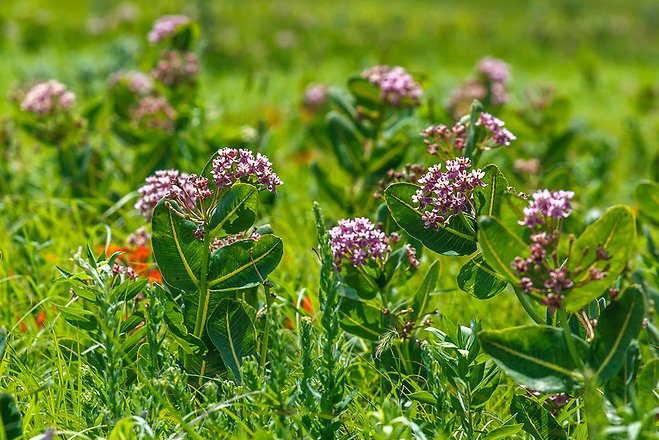 Image 5 of 7
Image 5 of 7

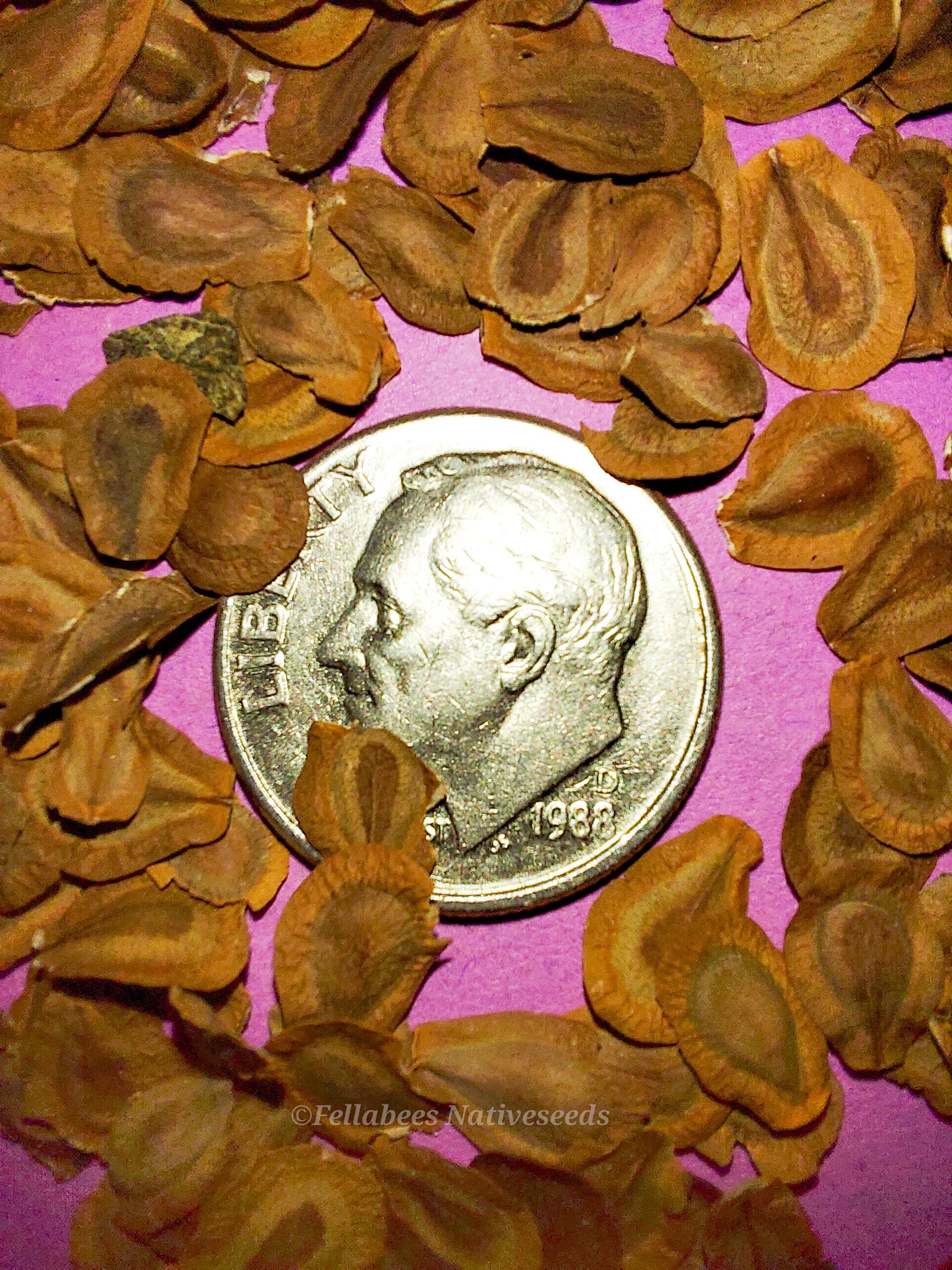 Image 6 of 7
Image 6 of 7

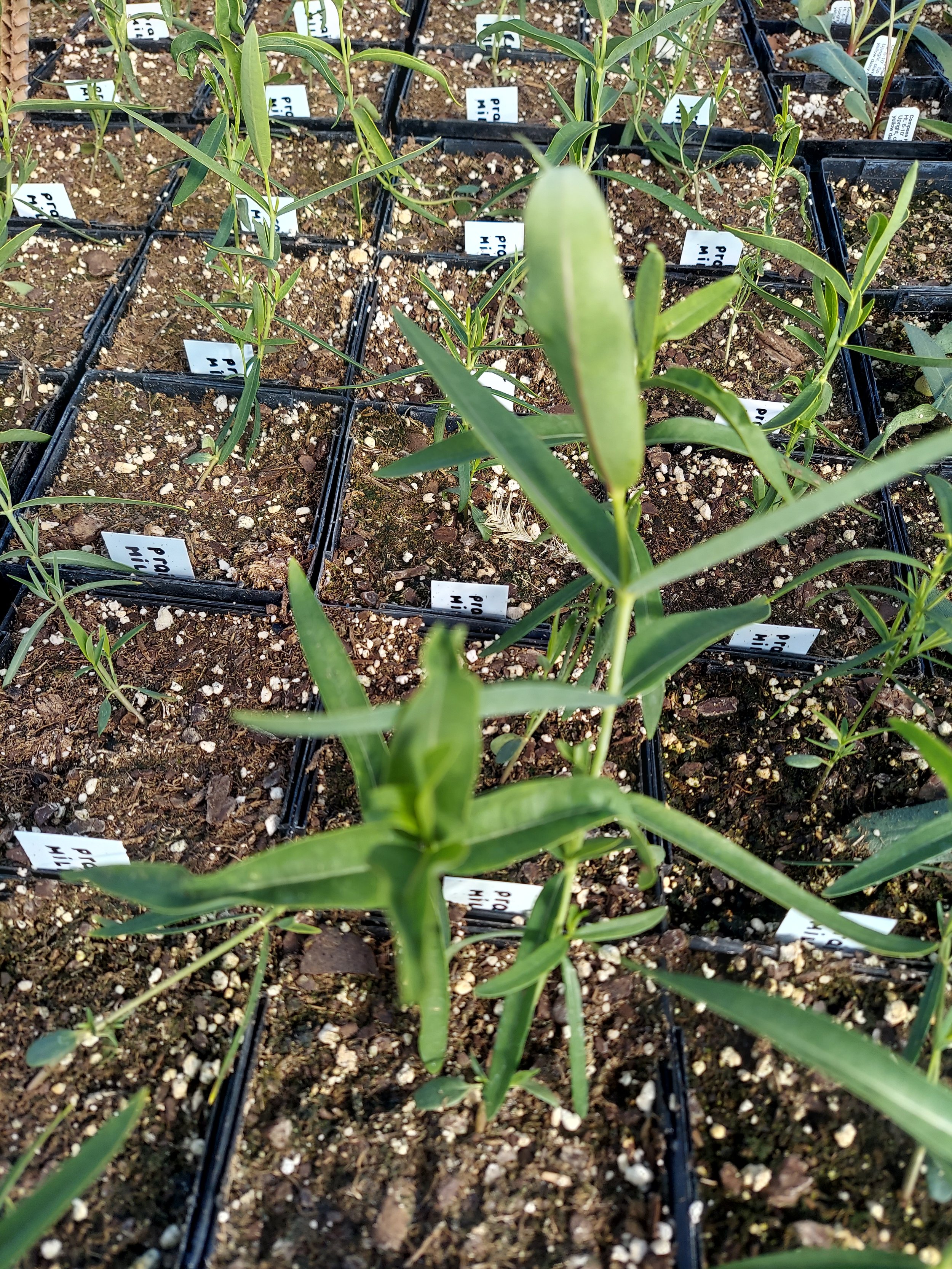 Image 7 of 7
Image 7 of 7








Prairie Milkweed (Asclepias sullivantii)
Prairie Milkweed (Asclepias sullivantii)
Asclepias sullivantii is the scientific name for this species of flowering plant in the Asclepias family.
More commonly used names include Prairie Milkweed, Sullivant's Milkweed, and Smooth Milkweed. Prairie Milkweed has a tight range, and is considered rare in the majority of states it is native to, due to extreme habitat loss.
This beautiful perennial herb grows from deep rhizomes, its stem can be anywhere from 1½ to just over 3½ tall. It has ovate, pointed leaves are oppositely arranged and hairless. The leaves are also thick and leathery, with wavy margins, and reddish midveins which curve up on the stem.
In bloom, Prairie Milkweed bears pale to deep pinkish purple flowers are that are borne in rounded clusters from the leaf axils. The fruit is a greenish follicle. The flowers are insect-pollinated, but the plant also has the ability to reproduce vegetatively via the rhizome if left unpollinated
This species is extremely similar to Common Milkweed (Asclepias syriaca), and the two can easily hybridize. Common Milkweed can be distinguished by several characters. It has blunt-tipped leaf blades have a coating of hairs on their undersides and they are straight on the stem, not curving up. The flowers of Prairie Milkweed are smaller and more numerous, and the surface of the follicle is rougher.
The native habitat of Prairie Milkweed, as it’s name suggests, includes prairie and meadows. It prefers to grow in moist areas, such as river bottomland. The original range of Prairie Milkweed was the untouched (prior to colonization) tall grass prairie, but very little of that habitat remains because of wide spread conversion to industrial farming. In Minnesota, Wisconsin and Michigan it is listed as threatened species, mainly because of aforementioned habitat loss, and there the remaining plants are more often found on old railroad right ways that have inadvertently preserved small prairie remnants.
When in bloom, many pollinators can be found mobbing the plant for its sweet nectar including bumblebees and sweat and mining bees, wasps, ants, flies, and of course butterflies.
As with all Milkweed species the caterpillars of the Monarch Butterfly feed on the foliage. In addition he larva of the Milkweed Leaf-Miner (Liriomyza asclepiades) mine the leaves. Aphids that can be found on the plant include the Yellow Milkweed Aphid (Aphis nerii), Black Aphid (Aphis rumicis), and the Green Peach Aphid (Myzus persicae), most of which attract predators who feed on both the nectar and the prey species.
The ruby-throated hummingbird will seek out Prairie Milkweed as it seems to favor the plentiful nectar.
This plant is considered present, native and rare in several counties of the states of Wisconsin, Minnesota, North Dakota, South Dakota, and Michigan.
Plant Details
USDA Zones: 3 - 7
Germination Needs: 30 Days Cold Stratification
Life Cycle: Perennial
Sun Exposure: Full
Soil Moisture: Medium-Wet, Medium
Plant Spacing: 1 - 2 feet
Height: 3 feet
Bloom time: June, July, August
Bloom Color: Pink
Advantages :
Pollinator Favorite: butterflies, moths, bees, wasps, beetles
Bird Favorite: seeds, insects, fruit, nectar, nesting, perchs.
Deer Resistant: Yes
Native to: Wisconsin, Minnesota, Iowa, Illinois, Indiana, Michigan, Ohio, Missouri, Oklahoma, Kansas, Nebraska, South Dakota, and North Dakota.
*This species easily hybridizes with Common Milkweed (Asclepias syriaca), we direct harvest seed from identified and documented stands of Prairie Milkweed, but as pollinators move between plants, cross pollination can happen, meaning that occasionally Common Milkweed, Prairie Milkweed, or variations of the two can result from this seed. We do our best to provide pure straight species seed packets, but with variables outside our control, variation may, at times, be present.
.
.
Packet quantities:
We pride ourselves on ethical, hands on, ecological management, using no mechanical or chemical methods whatsoever.
All of our native seed is hand reared, hand picked, and hand packed from native prairies under our exclusive management, never breaking chain of custody from the field until it is sent to you. Each packet is hand prepared for shipment by us, directly.
Small seed species will contain greater than 20-25 seed
Large seed species will contain greater than 10-15 seed
It is our mission to spread the wealth of native plant and pollinator ecological sustainability, and educate back yard gardeners as well as corporate and government entities in how to germinate, grow, and benefit from native synergies.
Thank you for your support, it is because of you, that we can grow together to do, what we do.🐛🦋🐝🐞🌾🌱🌼🧡
Prairie Milkweed (Asclepias sullivantii)
Asclepias sullivantii is the scientific name for this species of flowering plant in the Asclepias family.
More commonly used names include Prairie Milkweed, Sullivant's Milkweed, and Smooth Milkweed. Prairie Milkweed has a tight range, and is considered rare in the majority of states it is native to, due to extreme habitat loss.
This beautiful perennial herb grows from deep rhizomes, its stem can be anywhere from 1½ to just over 3½ tall. It has ovate, pointed leaves are oppositely arranged and hairless. The leaves are also thick and leathery, with wavy margins, and reddish midveins which curve up on the stem.
In bloom, Prairie Milkweed bears pale to deep pinkish purple flowers are that are borne in rounded clusters from the leaf axils. The fruit is a greenish follicle. The flowers are insect-pollinated, but the plant also has the ability to reproduce vegetatively via the rhizome if left unpollinated
This species is extremely similar to Common Milkweed (Asclepias syriaca), and the two can easily hybridize. Common Milkweed can be distinguished by several characters. It has blunt-tipped leaf blades have a coating of hairs on their undersides and they are straight on the stem, not curving up. The flowers of Prairie Milkweed are smaller and more numerous, and the surface of the follicle is rougher.
The native habitat of Prairie Milkweed, as it’s name suggests, includes prairie and meadows. It prefers to grow in moist areas, such as river bottomland. The original range of Prairie Milkweed was the untouched (prior to colonization) tall grass prairie, but very little of that habitat remains because of wide spread conversion to industrial farming. In Minnesota, Wisconsin and Michigan it is listed as threatened species, mainly because of aforementioned habitat loss, and there the remaining plants are more often found on old railroad right ways that have inadvertently preserved small prairie remnants.
When in bloom, many pollinators can be found mobbing the plant for its sweet nectar including bumblebees and sweat and mining bees, wasps, ants, flies, and of course butterflies.
As with all Milkweed species the caterpillars of the Monarch Butterfly feed on the foliage. In addition he larva of the Milkweed Leaf-Miner (Liriomyza asclepiades) mine the leaves. Aphids that can be found on the plant include the Yellow Milkweed Aphid (Aphis nerii), Black Aphid (Aphis rumicis), and the Green Peach Aphid (Myzus persicae), most of which attract predators who feed on both the nectar and the prey species.
The ruby-throated hummingbird will seek out Prairie Milkweed as it seems to favor the plentiful nectar.
This plant is considered present, native and rare in several counties of the states of Wisconsin, Minnesota, North Dakota, South Dakota, and Michigan.
Plant Details
USDA Zones: 3 - 7
Germination Needs: 30 Days Cold Stratification
Life Cycle: Perennial
Sun Exposure: Full
Soil Moisture: Medium-Wet, Medium
Plant Spacing: 1 - 2 feet
Height: 3 feet
Bloom time: June, July, August
Bloom Color: Pink
Advantages :
Pollinator Favorite: butterflies, moths, bees, wasps, beetles
Bird Favorite: seeds, insects, fruit, nectar, nesting, perchs.
Deer Resistant: Yes
Native to: Wisconsin, Minnesota, Iowa, Illinois, Indiana, Michigan, Ohio, Missouri, Oklahoma, Kansas, Nebraska, South Dakota, and North Dakota.
*This species easily hybridizes with Common Milkweed (Asclepias syriaca), we direct harvest seed from identified and documented stands of Prairie Milkweed, but as pollinators move between plants, cross pollination can happen, meaning that occasionally Common Milkweed, Prairie Milkweed, or variations of the two can result from this seed. We do our best to provide pure straight species seed packets, but with variables outside our control, variation may, at times, be present.
.
.
Packet quantities:
We pride ourselves on ethical, hands on, ecological management, using no mechanical or chemical methods whatsoever.
All of our native seed is hand reared, hand picked, and hand packed from native prairies under our exclusive management, never breaking chain of custody from the field until it is sent to you. Each packet is hand prepared for shipment by us, directly.
Small seed species will contain greater than 20-25 seed
Large seed species will contain greater than 10-15 seed
It is our mission to spread the wealth of native plant and pollinator ecological sustainability, and educate back yard gardeners as well as corporate and government entities in how to germinate, grow, and benefit from native synergies.
Thank you for your support, it is because of you, that we can grow together to do, what we do.🐛🦋🐝🐞🌾🌱🌼🧡
